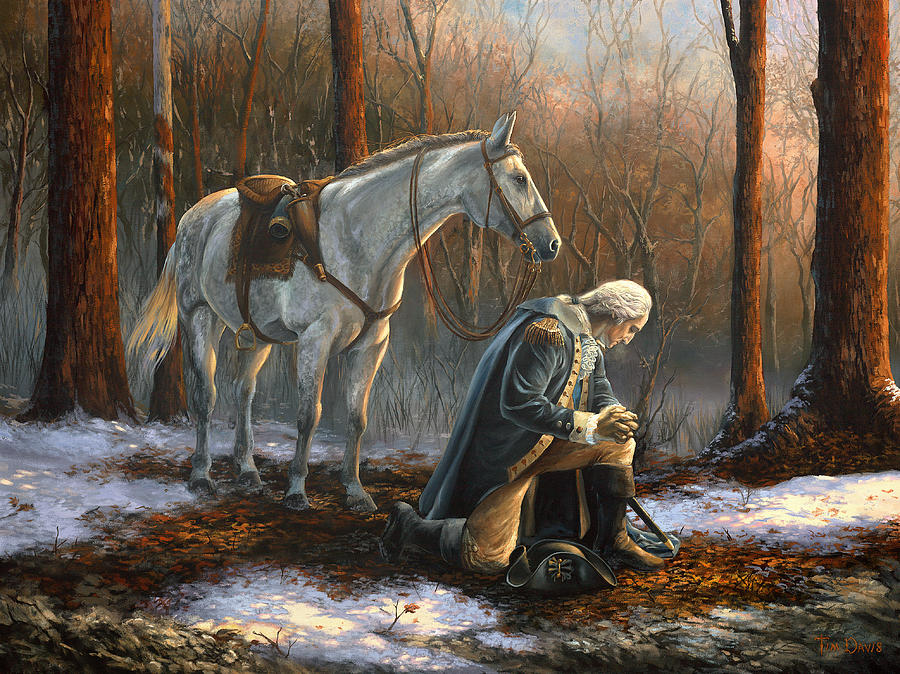Since the Metaverse trending, I thought I would share my observations about how video games are used to construct an experiential learning environment for youngsters.
Learning from these games may help us better understand how to build a better "Metaverse" so let's take a look.



Learning from these games may help us better understand how to build a better "Metaverse" so let's take a look.

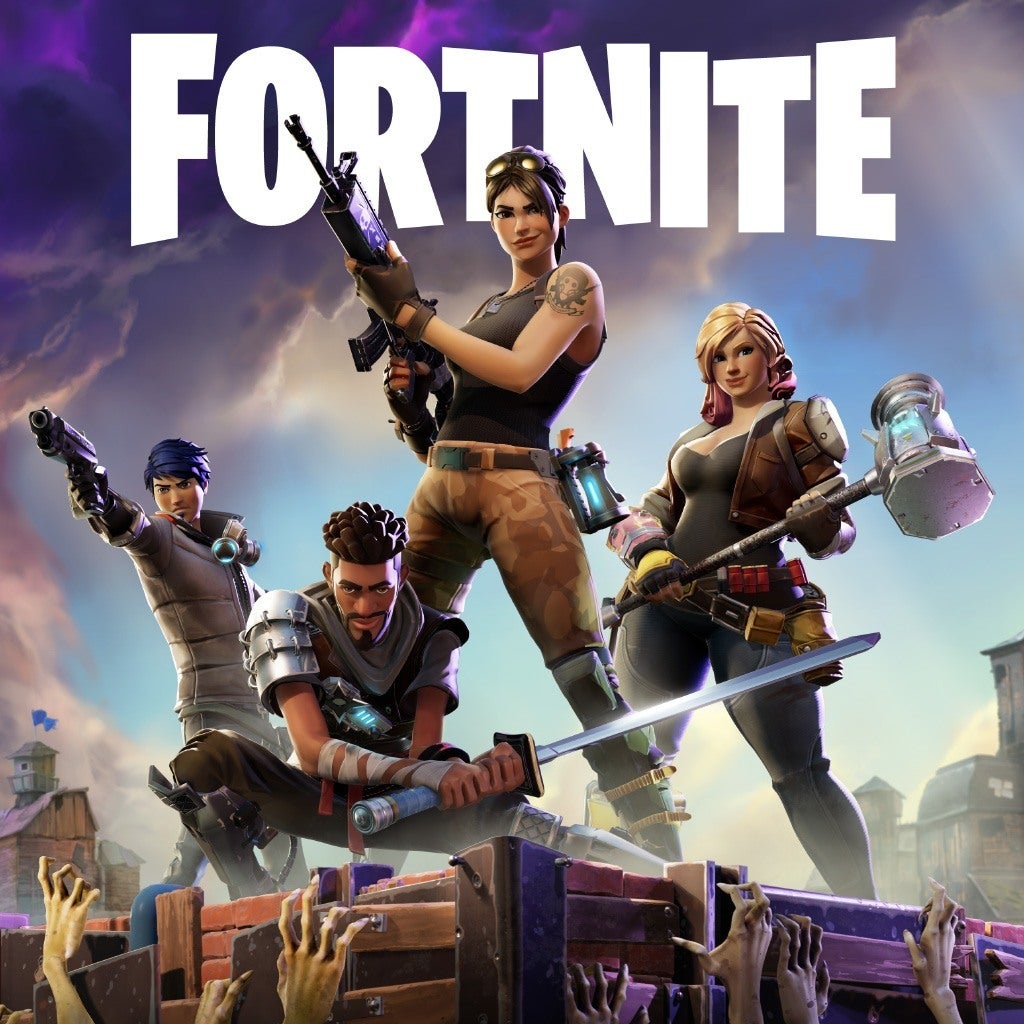


Old School Runescape (OSRS) served as a highly functional online metaverse during my youth. In OSRS, you are given a basic framework for how a fantasy universe functions, and you get to play and experiment within that world.
This provides a very real learning experience.

This provides a very real learning experience.


One of the interesting spontaneous developments of OSRS was the market. Supply & Demand drove prices, with rare items like the infamous "Party Hats" sky rocketing in value over time, and consumable items like food & ores fluctuating depending on availability. 



This was all spontaneous with individual users agreeing on prices per trade. This provided a fertile training ground for understanding laws of supply & demand, and exposing young people to trading scams, and taught them how to prevent being conned in the market.
Later, this whole process was automated into the "Grand Exchange" where users can place bids in an auction house, and then have their orders filled when they are matched with a seller, or vice versa. This simplified trading and made scams less frequent in trades. 

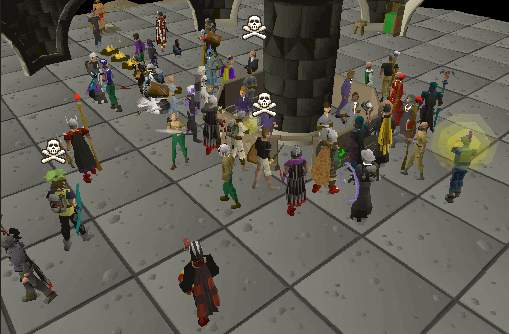
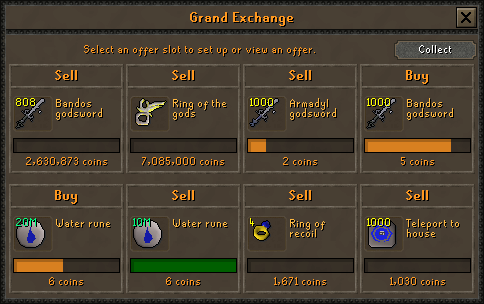
The OSRS market eventually leaked into reality when players started selling accounts, items, and gold on marketplaces like Ebay. (against the wishes of the developers).
During the collapse of the Venezuelan currency, you had pro OSRS players paying their bills with OSRS gold.

During the collapse of the Venezuelan currency, you had pro OSRS players paying their bills with OSRS gold.

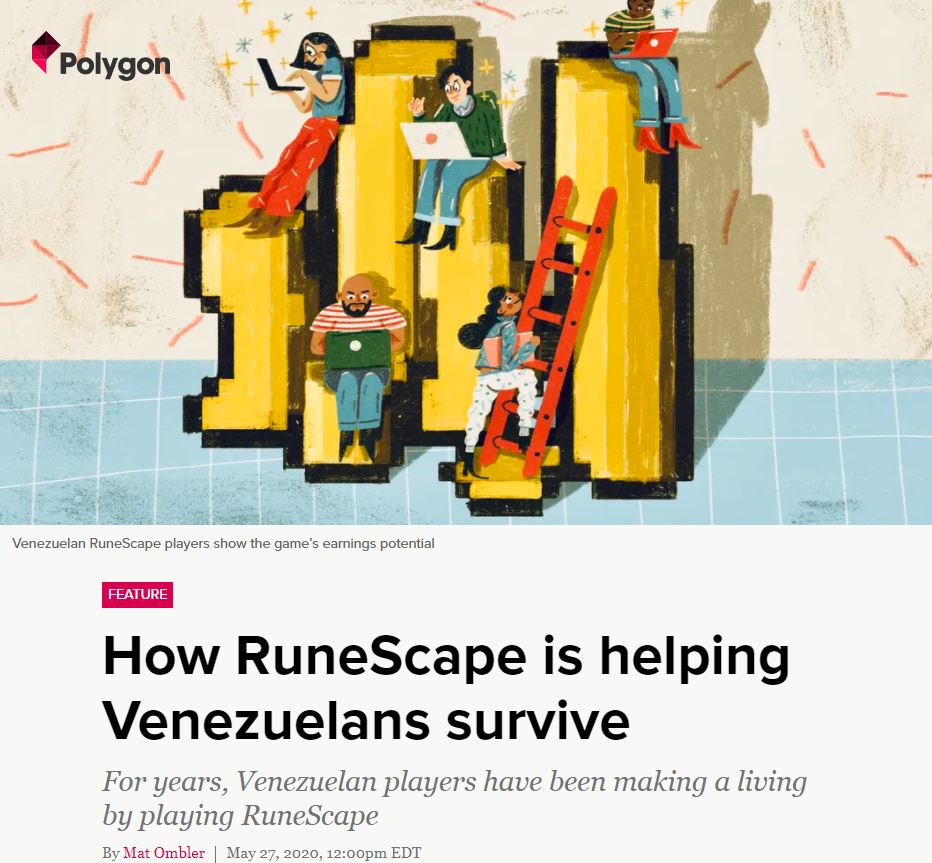
Fortnite had a similar equivalence of "play-time" to "hard-cash".
You could buy specialized items through their marketplace with real dollars, or earn the in game "V-bucks" after completing daily quests.
Accounts with loot could then be sold in a real world market for cash.

You could buy specialized items through their marketplace with real dollars, or earn the in game "V-bucks" after completing daily quests.
Accounts with loot could then be sold in a real world market for cash.

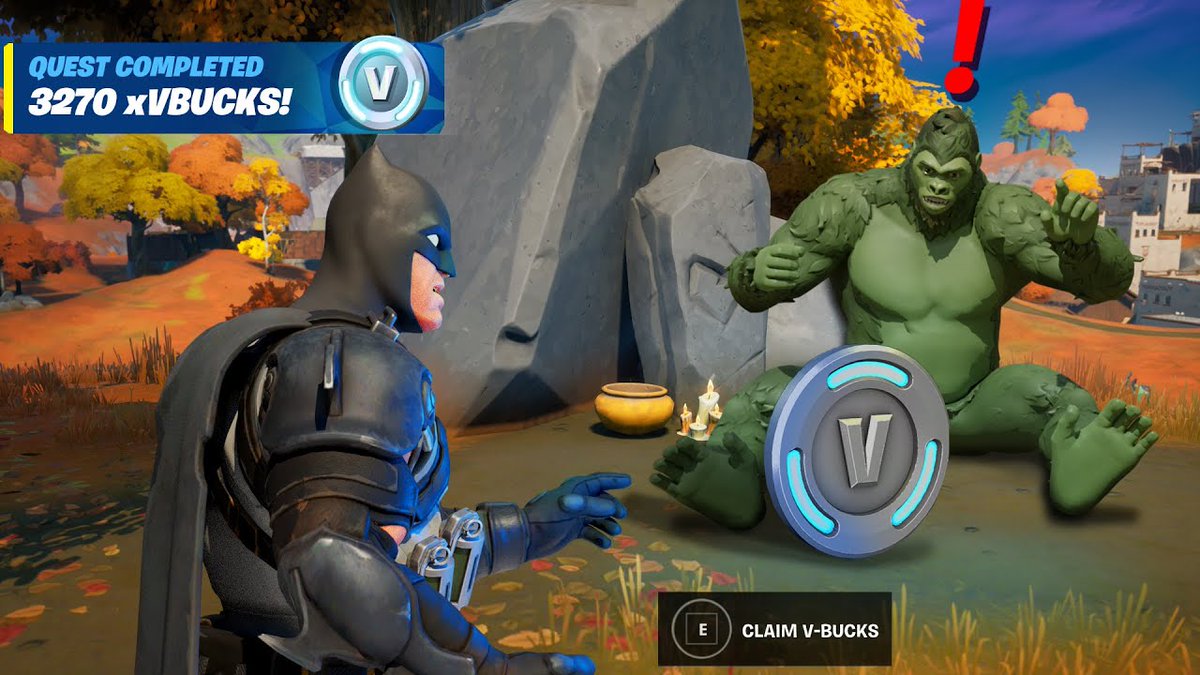
Although arguably a deceptive trick on the impressionable reward systems of young players, these mechanisms are great for inspiring experiential learning.
Players learn how to communicate in competitive environs by sharing map coordinates and events in a real-time scenario.

Players learn how to communicate in competitive environs by sharing map coordinates and events in a real-time scenario.
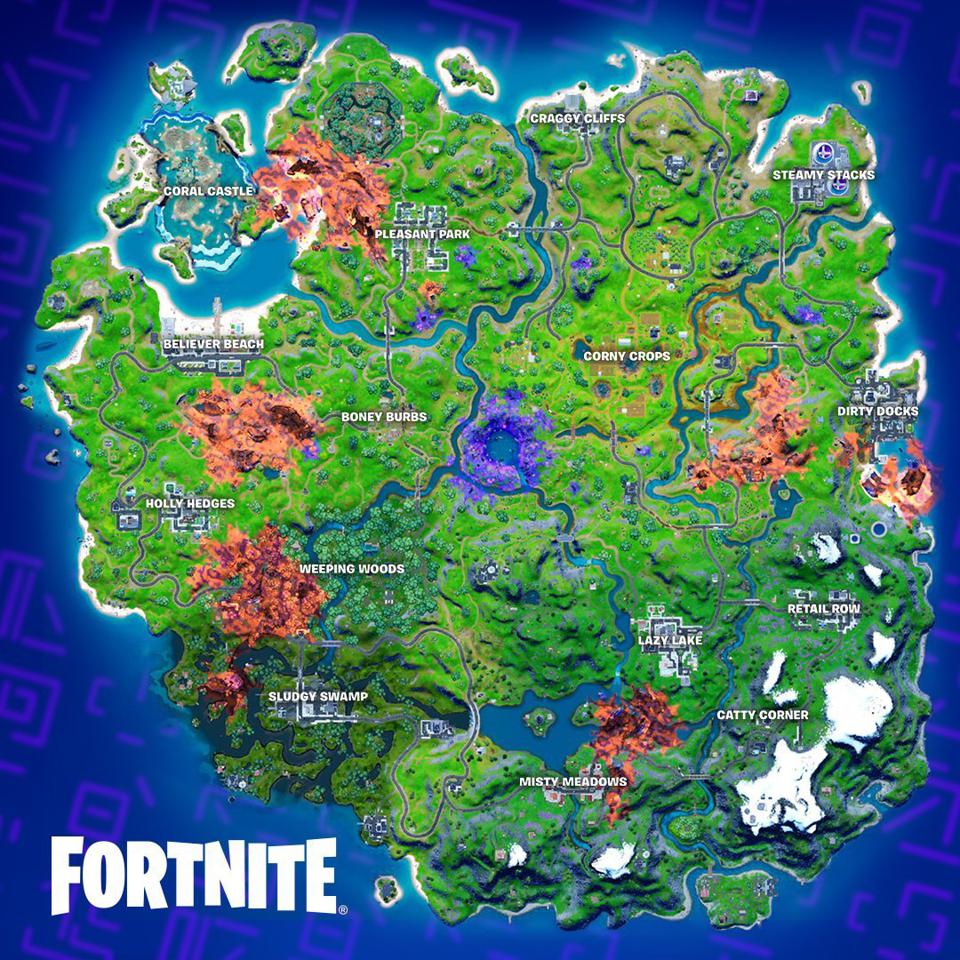
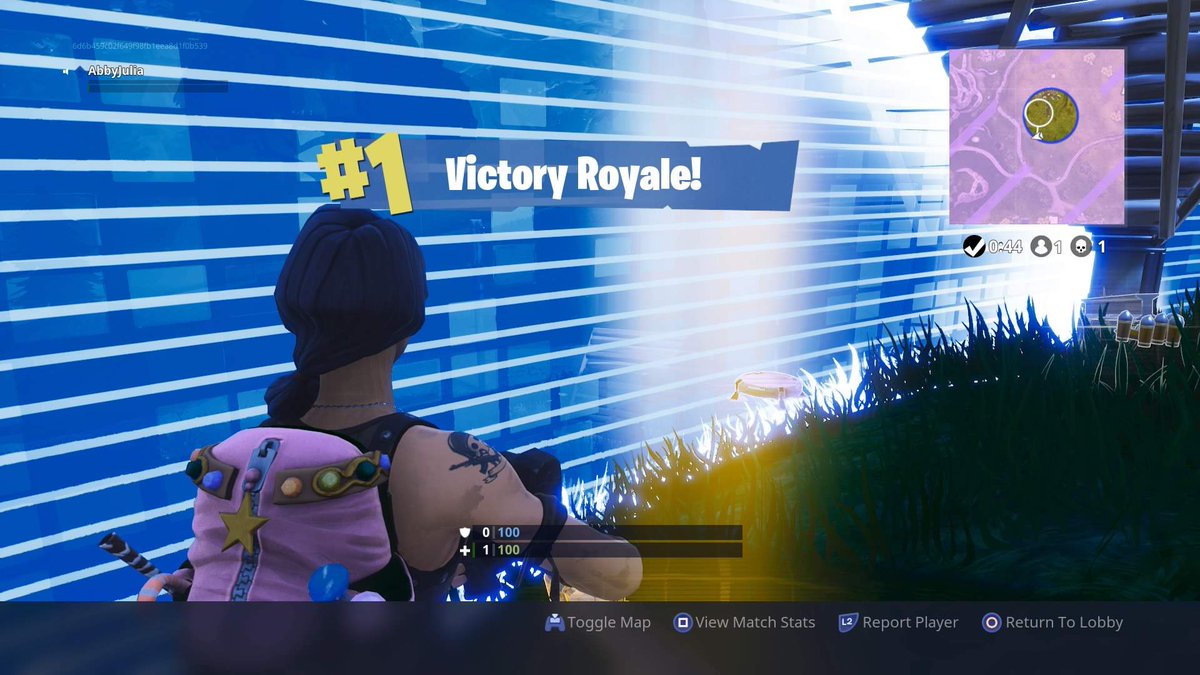
League of Legends functions much the same, as a very competitive game that requires team work and communication to win.
In ranked games, players are evaluated on their performance within the context of a team, and are ranked into divisions that inspire a competitive experience.

In ranked games, players are evaluated on their performance within the context of a team, and are ranked into divisions that inspire a competitive experience.
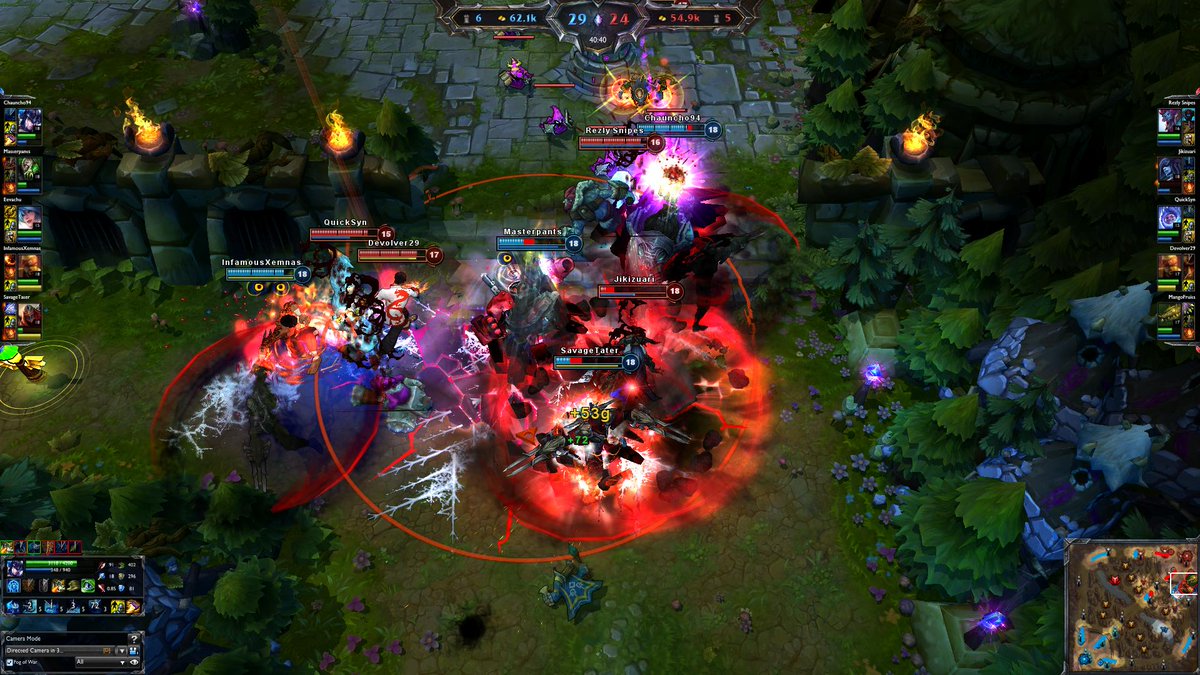
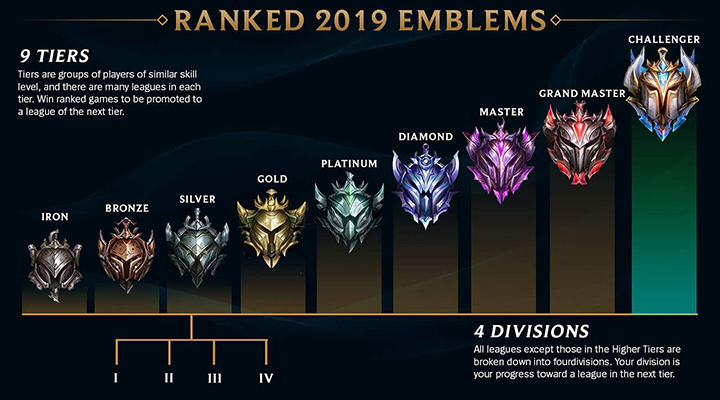
Players are encouraged to take a careful step by step approach, securing objectives in a highly strategic game mode.
Defeating various monsters gives boosts either to your character or your whole team. Destroying towers gets you closer to the enemy base and victory.



Defeating various monsters gives boosts either to your character or your whole team. Destroying towers gets you closer to the enemy base and victory.
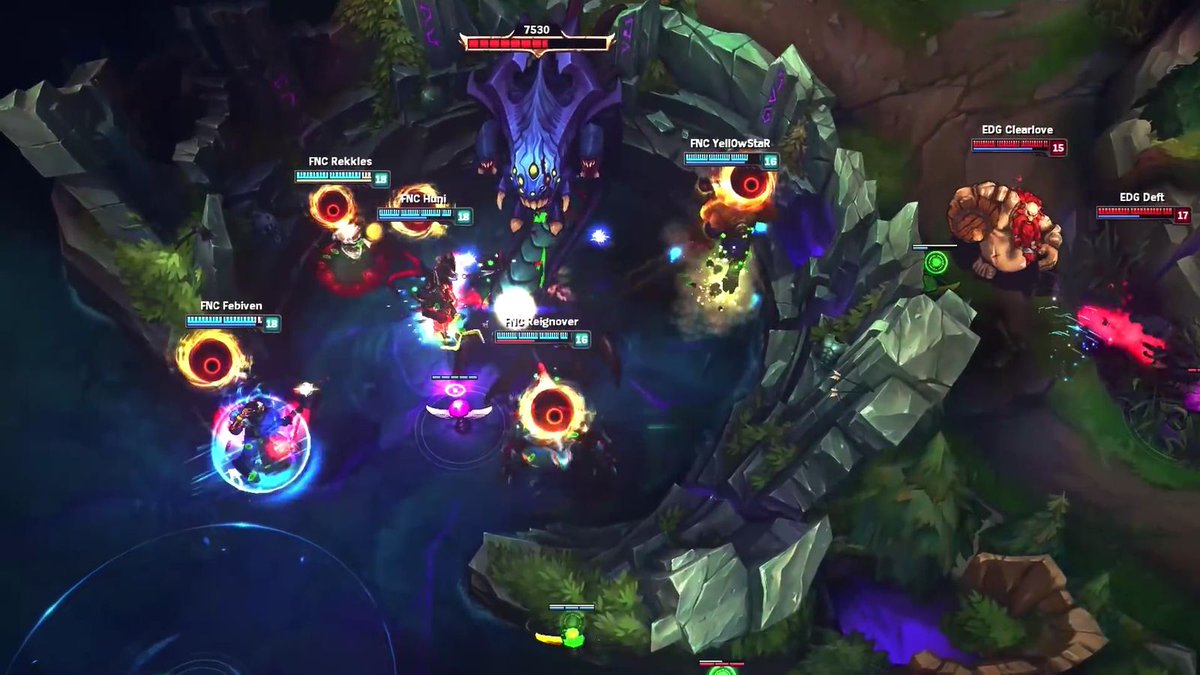
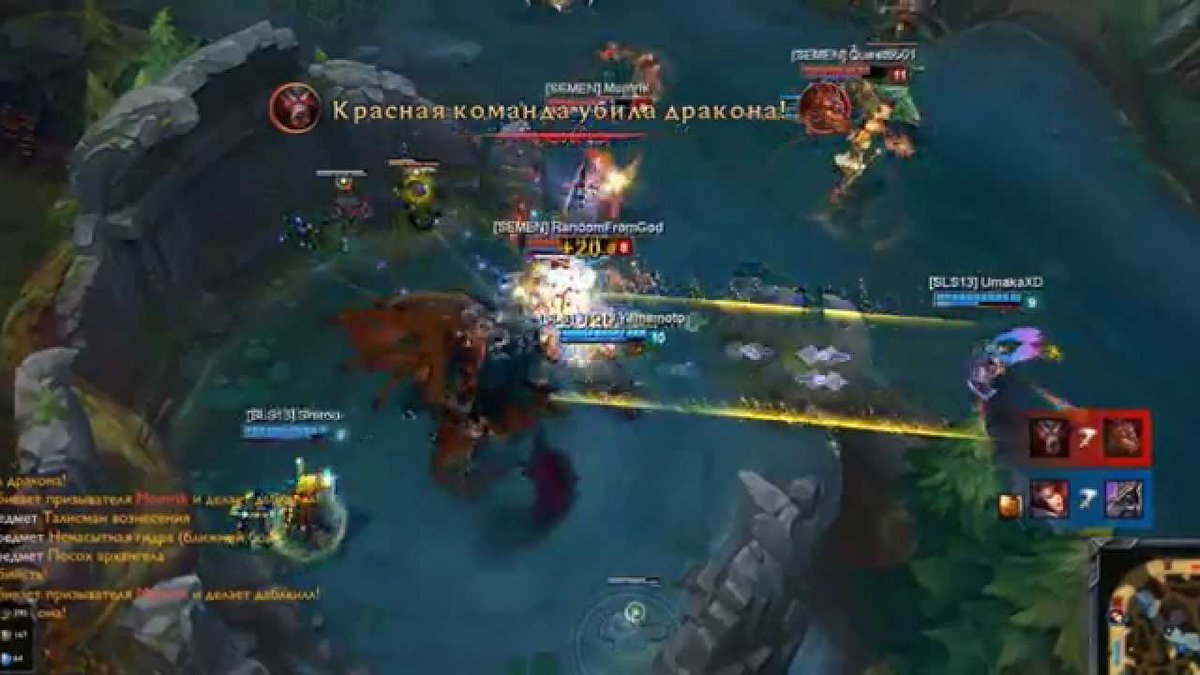
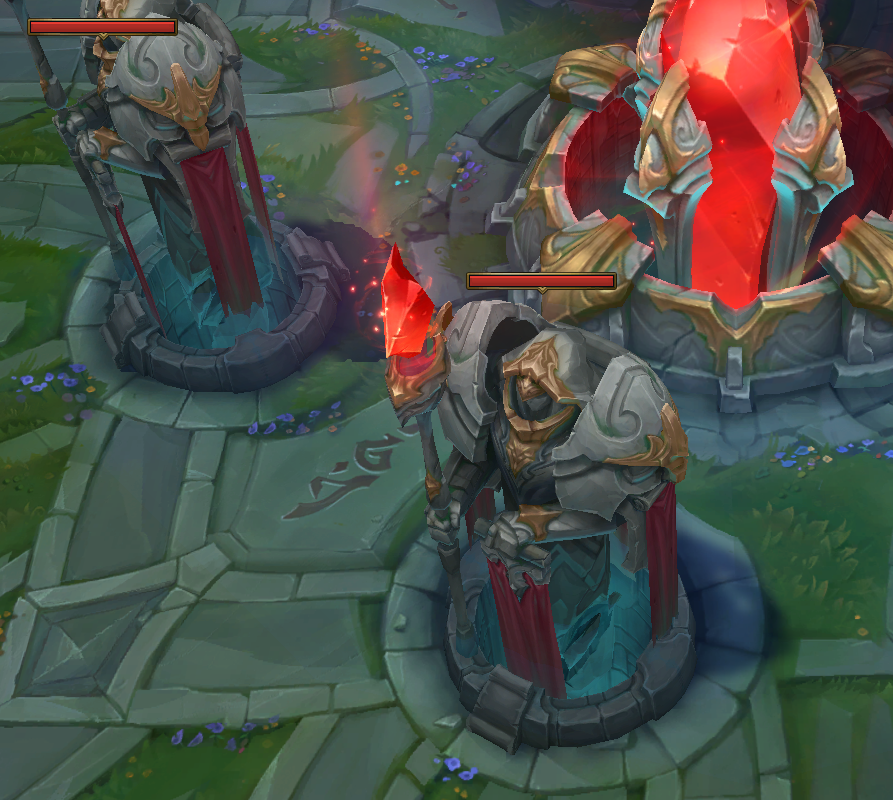
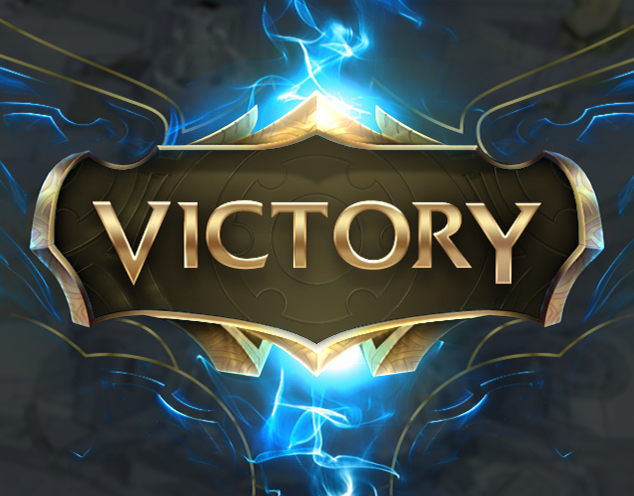
The competitive nature of this game has found it's place in the real world as well, with professional teams in the higher ranks competing for large prize pools of real world cash in stadium events.
The 2019 international had a $34.33 Million dollar prize pool.

The 2019 international had a $34.33 Million dollar prize pool.
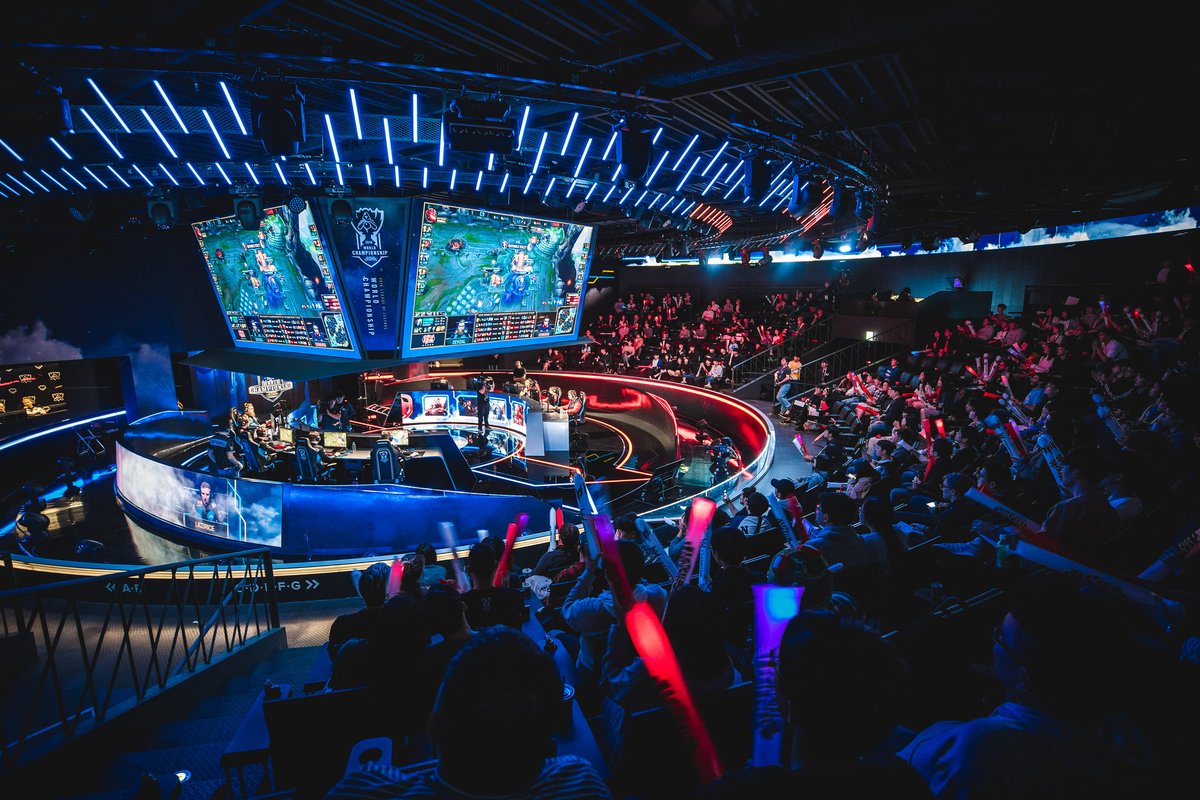
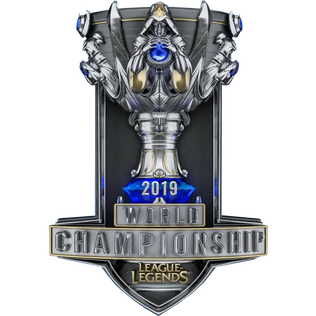
Which brings us to Minecraft. A seemingly simple block game sold by a small indie game studio to Microsoft for a whopping 2.5 Billion USD.
This game is now used in schools to teach children the basics of real world trades like farming, crafting, mining, & construction.

This game is now used in schools to teach children the basics of real world trades like farming, crafting, mining, & construction.
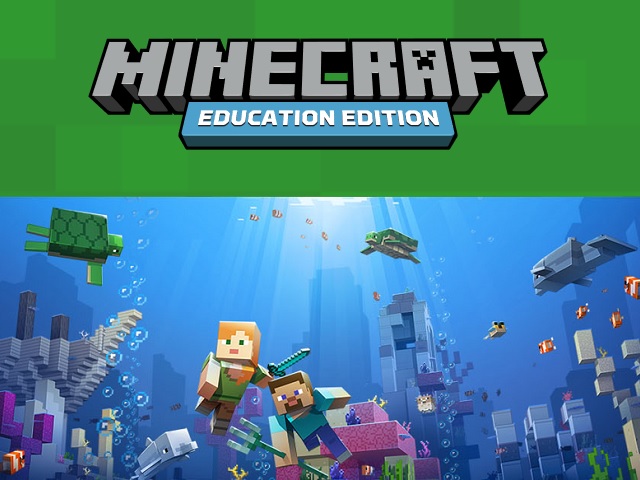
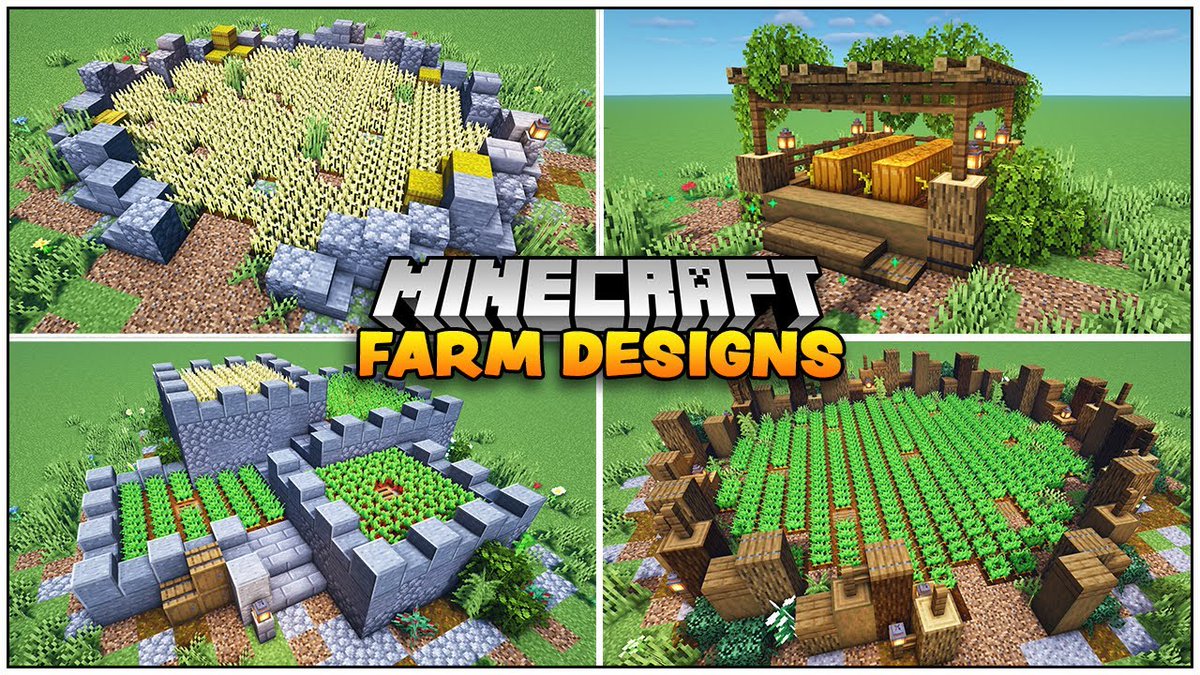
Children can also be taught the basics of logic gates using Minecraft pistons and red-stone.
Some gifted computer scientists have even managed to create calculators and game simulators using these components inside the game.

Some gifted computer scientists have even managed to create calculators and game simulators using these components inside the game.
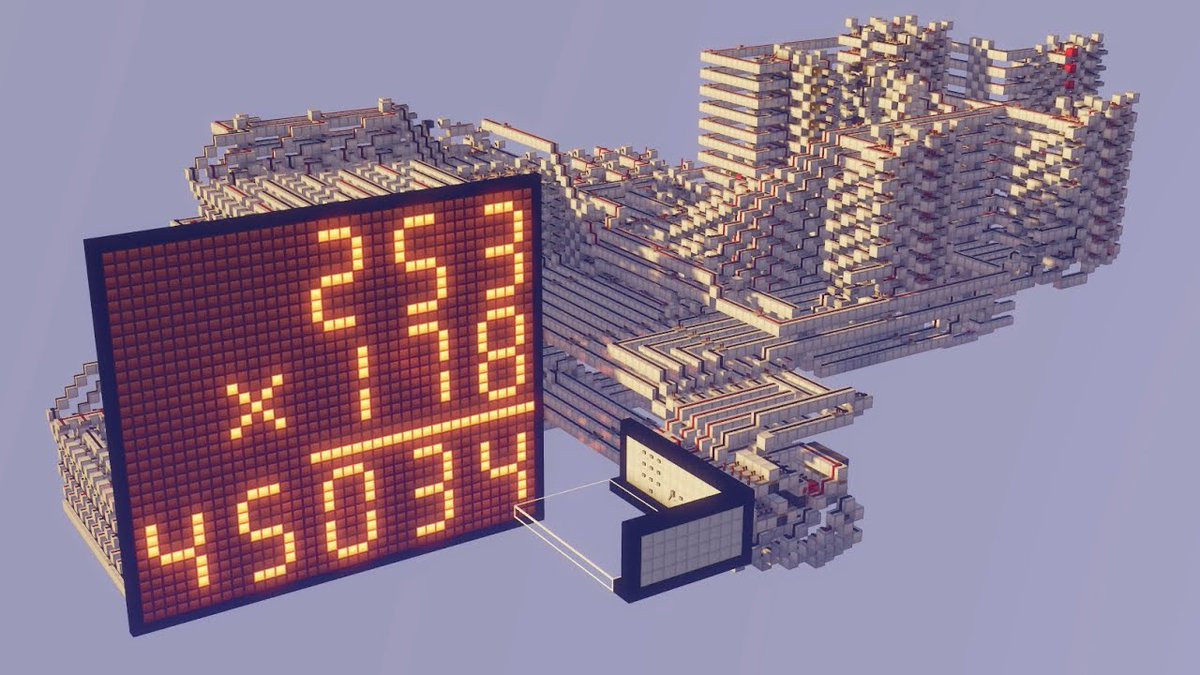

In Minecraft, folks who are gifted in mathematics and comp sci can even create modifications for the game that enhance the in-game recreational experience.
They can add new buildings, creatures, objects, and biomes, greatly expanding the complexity of the world.

They can add new buildings, creatures, objects, and biomes, greatly expanding the complexity of the world.
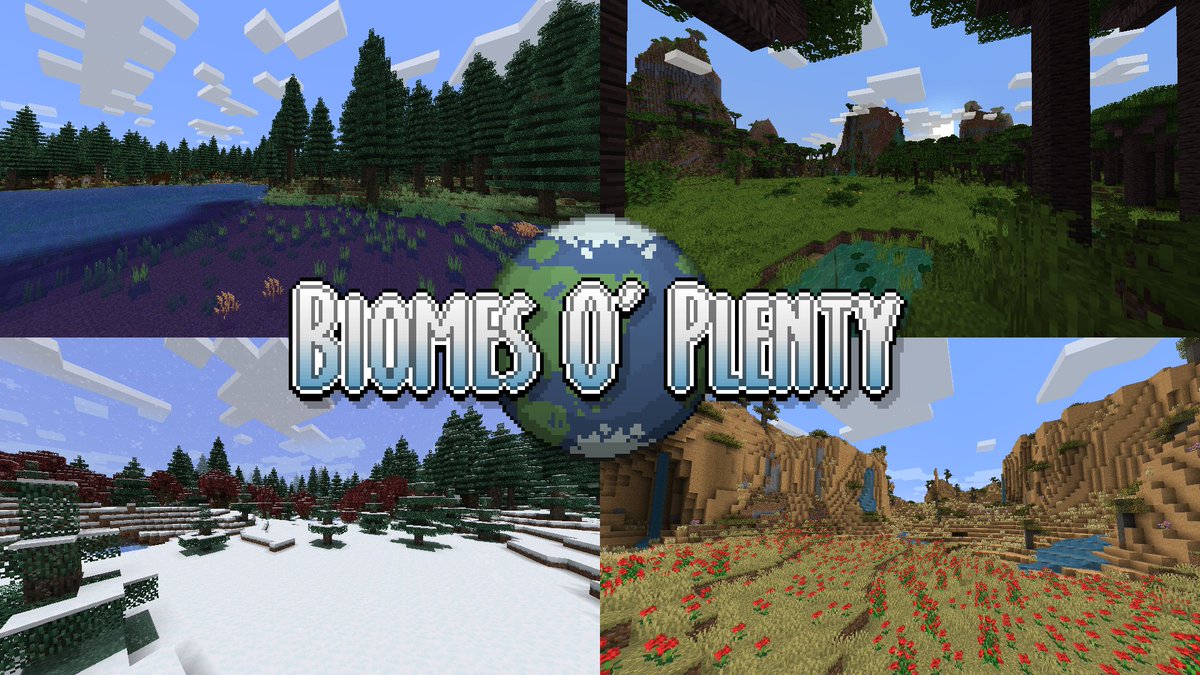
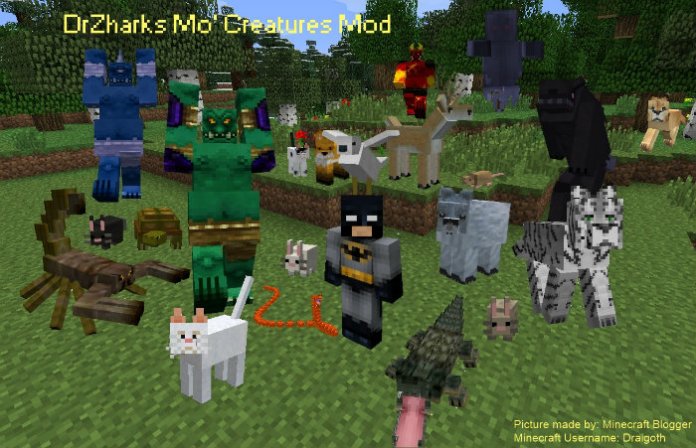
As it turns out, our reality is not so different from a "game". Although our world is much more complex than a simulated game world, we too have certain fundamental constraints in resources, and physical capacity that one must obey to "win" the game of life. 


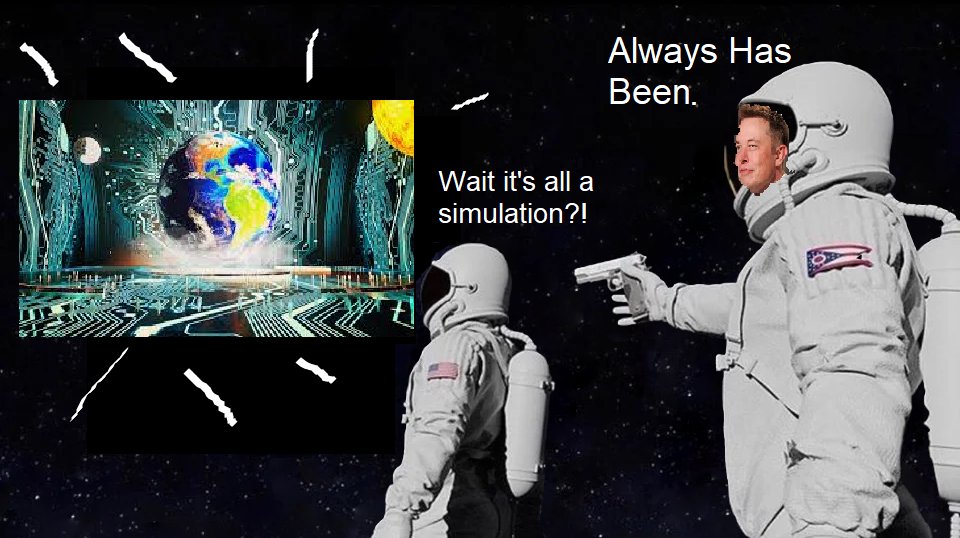
All of these games provide children with a very base-line understanding of the mechanical nature of reality.
Children learn how to function and operate within logically constructed environments, and subconsciously pick up on the constraints of that environment.
Children learn how to function and operate within logically constructed environments, and subconsciously pick up on the constraints of that environment.
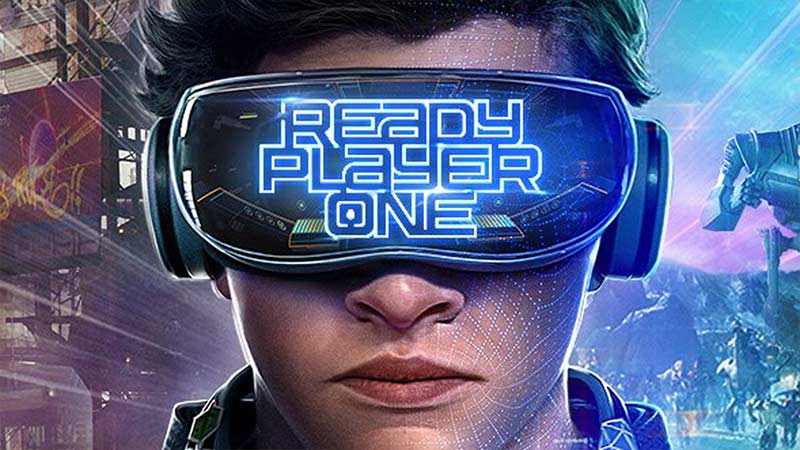
It is clear to see how Runescape teaches the basics of market mechanics.
Fortnite & League of Legends teach the fundamentals of team work, communication, & competition.
Minecraft serves as a baseline understanding for geometry and how the built environ of culture is created.



Fortnite & League of Legends teach the fundamentals of team work, communication, & competition.
Minecraft serves as a baseline understanding for geometry and how the built environ of culture is created.

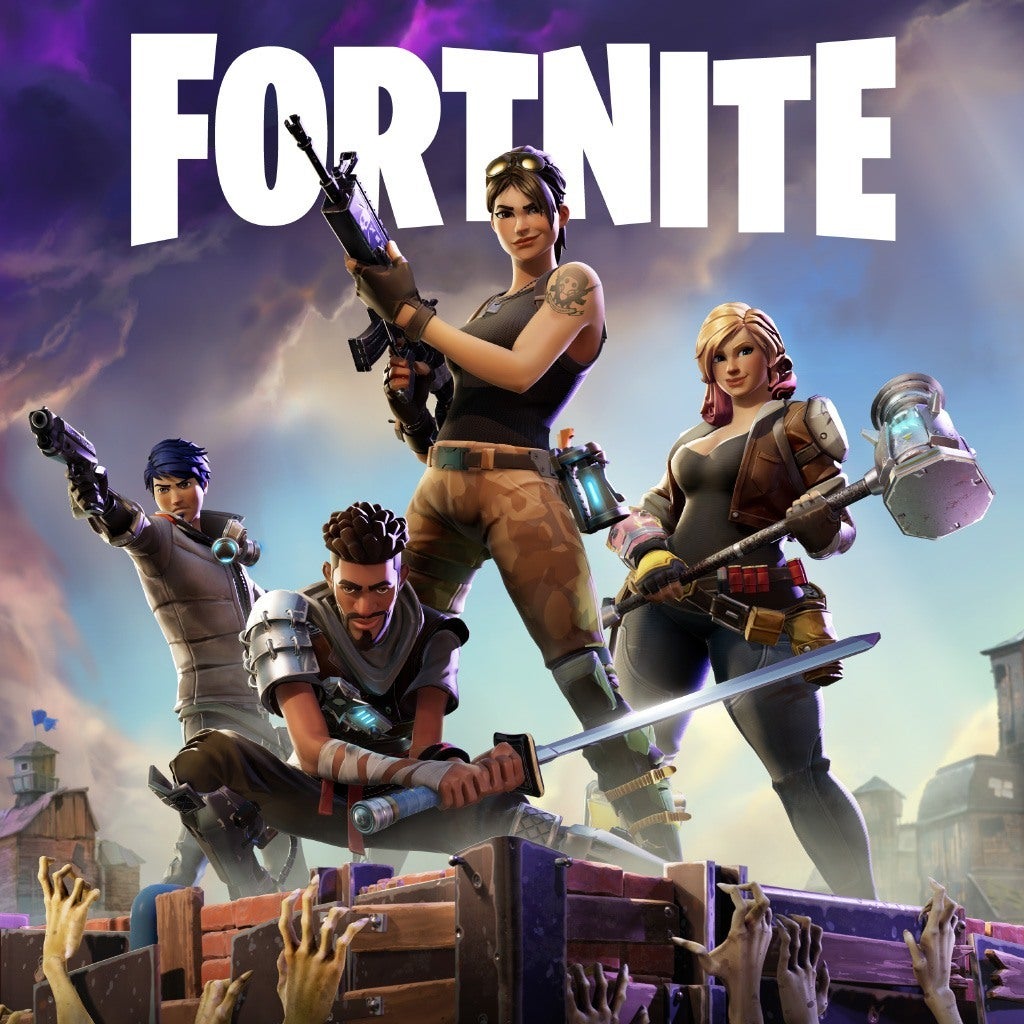

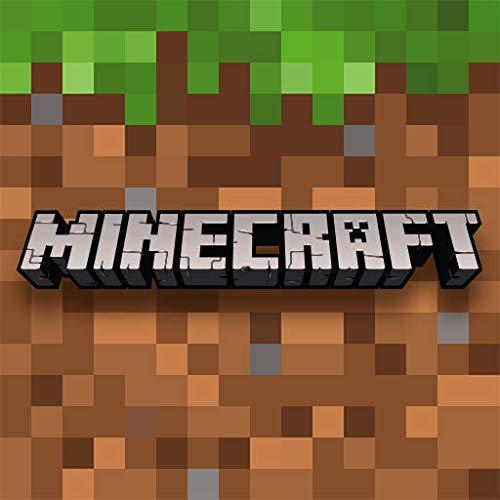
A simulated reality game that combined these elements, could serve as a very rapid educational experience, that could entirely replace the classroom experience if structured correctly.
If the game is close enough to reality, the skills developed in-game can be applied here IRL.
If the game is close enough to reality, the skills developed in-game can be applied here IRL.
So how do you do it?
The first step is to simplify the basic aspects of reality, and build a world that is very similar to our own with finite resources, and limited capacity of individual players.
For the sake of this argument, Let's look at this question as a Minecraft Mod.
The first step is to simplify the basic aspects of reality, and build a world that is very similar to our own with finite resources, and limited capacity of individual players.
For the sake of this argument, Let's look at this question as a Minecraft Mod.

The base reality of Minecraft is very well constructed. In terms of simplicity and comprehensibility, but also in terms of comp sci.
Minecraft uses simple geometry and math to construct complex worlds that can run on a personal computer. This is an important aspect of the game.
Minecraft uses simple geometry and math to construct complex worlds that can run on a personal computer. This is an important aspect of the game.
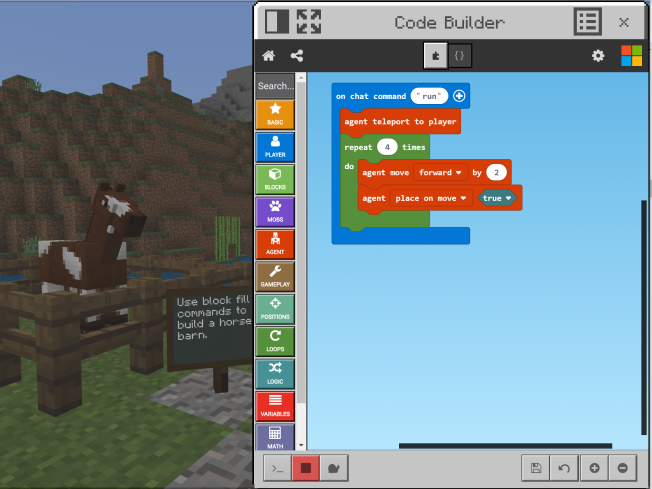
The next thing you need to do, is to reduce the capacity of individual users. A real person can't carry around 10,000 cubic meters of diamond blocks in their backpack.
Reducing inventory makes players reliant on each other for trade just like in the real world.
Reducing inventory makes players reliant on each other for trade just like in the real world.
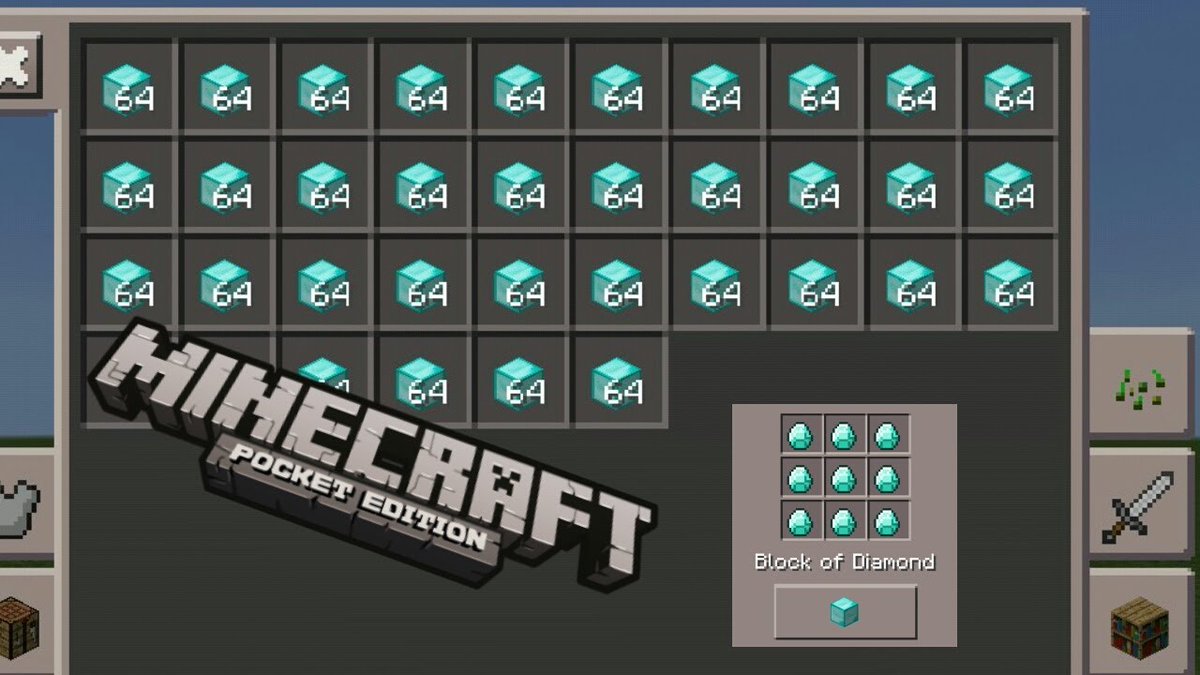
This also makes the construction and maintenance of transportation vessels necessary. Perhaps it's easier to utilize beasts of burden for beginners.
Servers will should need a large userbase to produce the components necessary for mechanical transport.


Servers will should need a large userbase to produce the components necessary for mechanical transport.
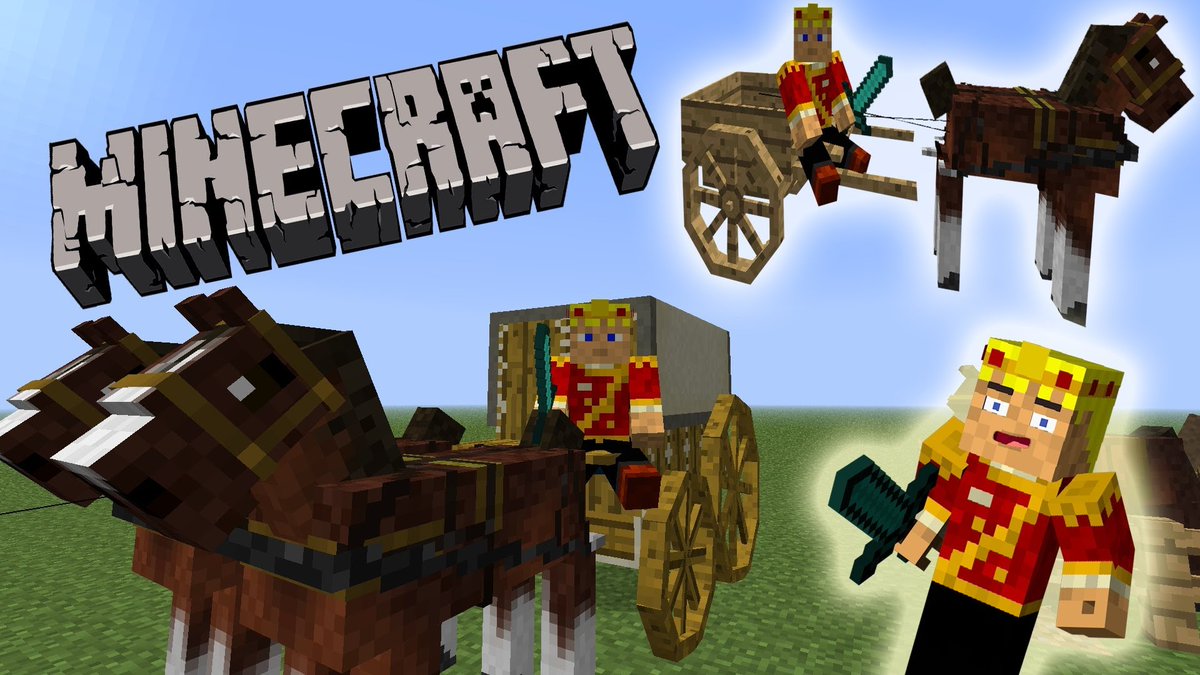


By simply reducing the inventory size on a Minecraft server, and adding various mods, a group of players can learn what it is like to start with nothing, and build a small town together.
This experience then has the potential to teach children how to function in civil society.

This experience then has the potential to teach children how to function in civil society.
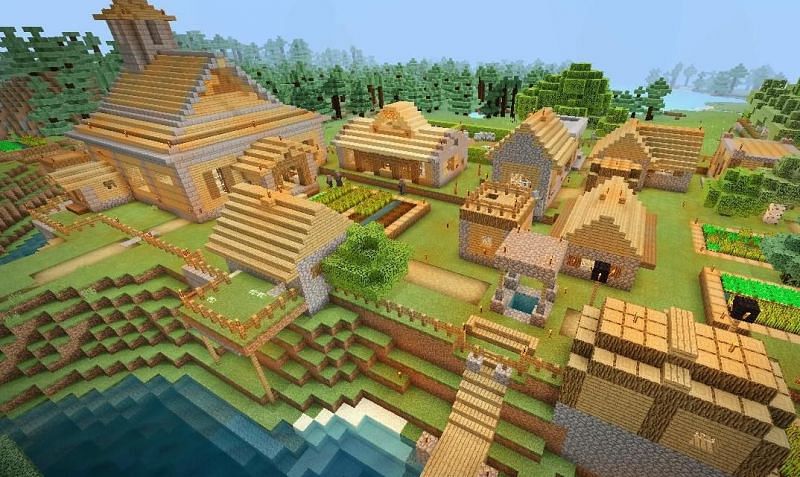
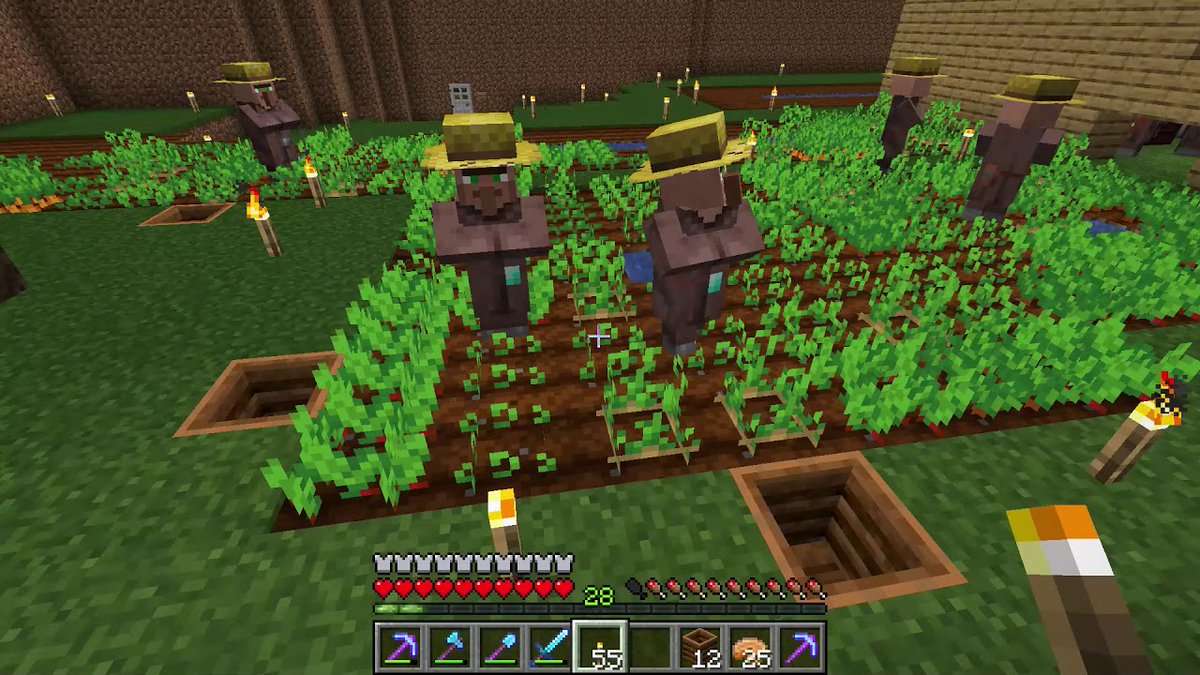
In order to accomplish the tasks that are necessary to maintain a civil polity, it will be necessary for players to divide themselves into various distributed forms of labor.
These castes should be made available as you level up. Starting with Anarchy, ending with Pacifism.
These castes should be made available as you level up. Starting with Anarchy, ending with Pacifism.
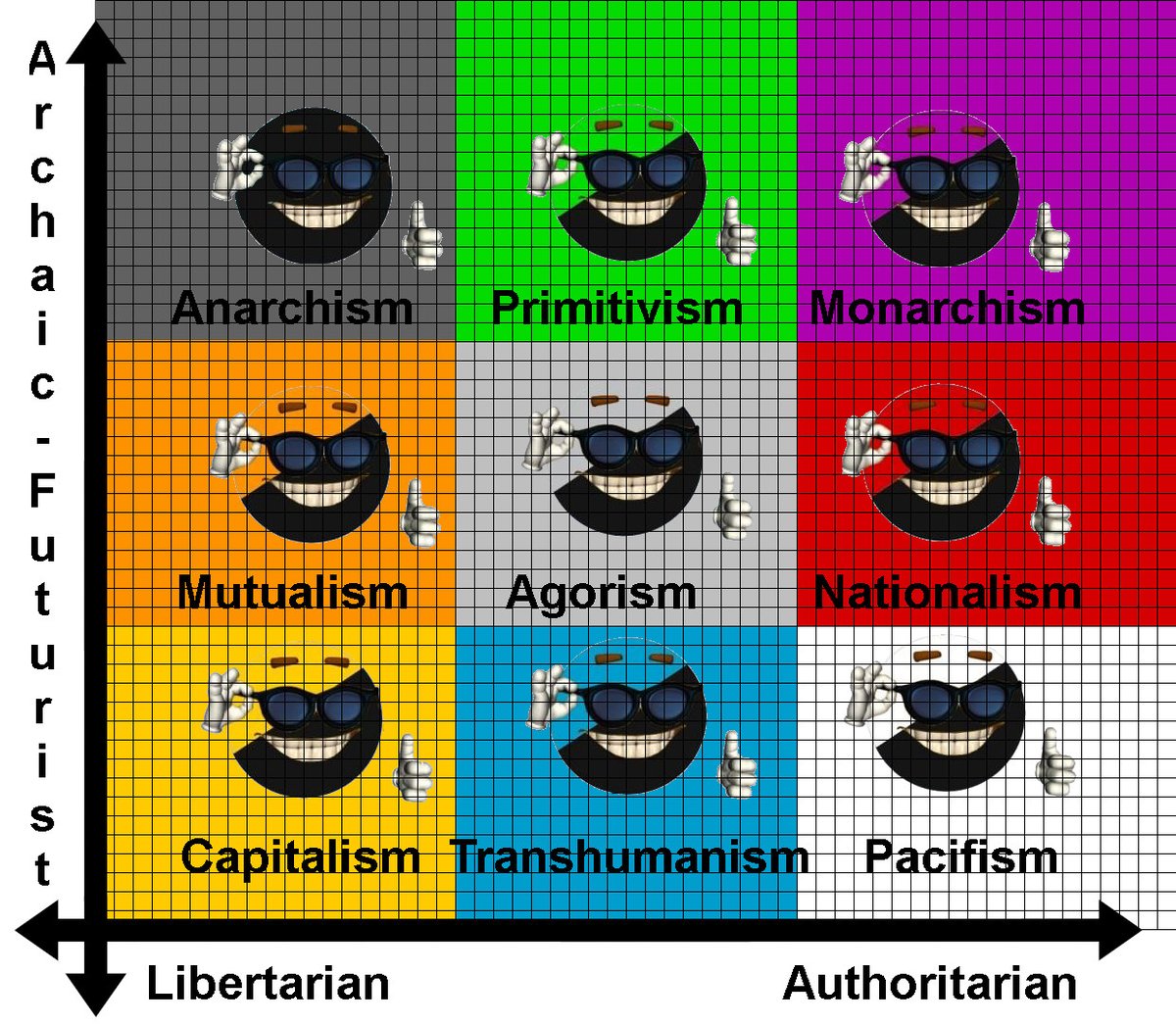
The leveling process allows children to learn how civilization is generated from anarchic free will, through agrarian labor, Monarchies, Mutualist free markets, Agorist industrial polities, etc...
Such a game would provide a comprehensive, total theory of history for the youth.
Such a game would provide a comprehensive, total theory of history for the youth.

Violent players attempting to acquire resources may attack your town, so you will need to learn how to defend your resources and allocate resources for the supply of defensive forces.
This teaches the principle of the NAP and righteous self-defense.

This teaches the principle of the NAP and righteous self-defense.
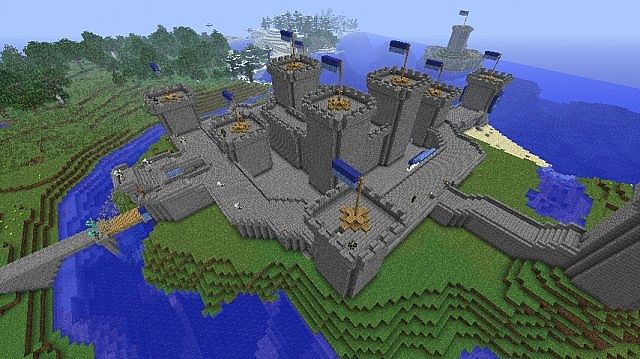
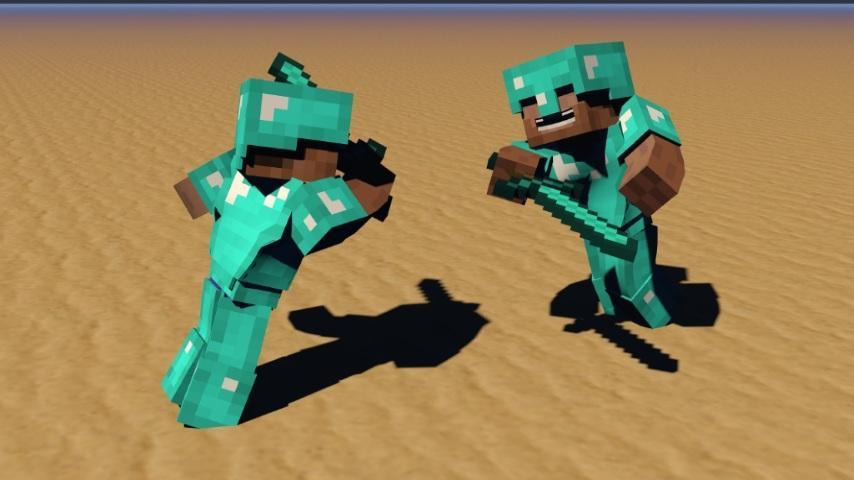
Players may choose to build networks of towns. Players will have to figure out how to decide who their leaders are according to their philosophy and play-style.
Each caste in game will likely favor different survival strategies and systems of government using available tech.
Each caste in game will likely favor different survival strategies and systems of government using available tech.
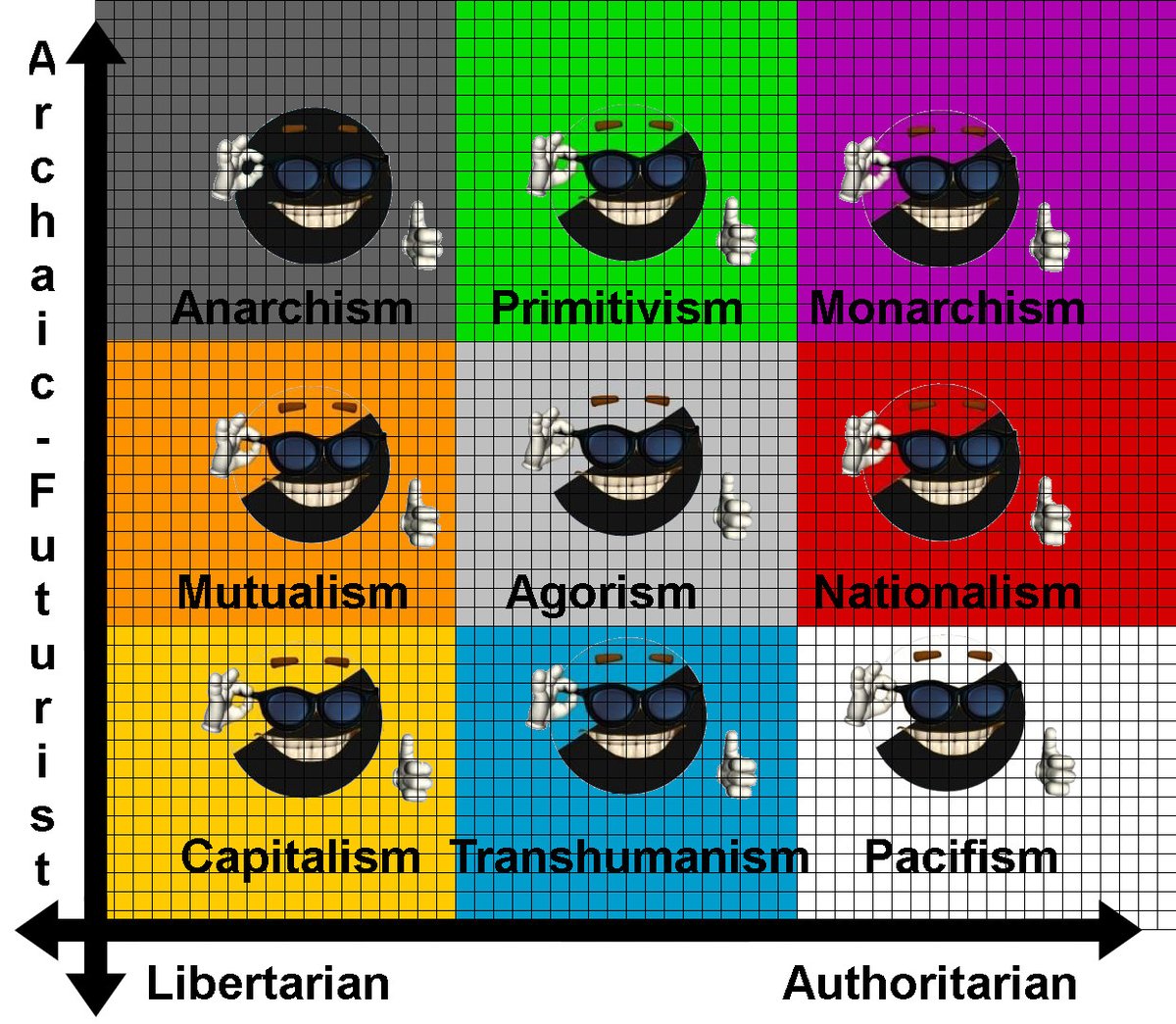
This too mirrors real civilization, the level of advancement of the technologies typically tends to influence the style of government, and the means of survival.
Hunter-Gatherers rely on wildlife and tribal bonds to survive, while Nationalists rely on a strong military.

Hunter-Gatherers rely on wildlife and tribal bonds to survive, while Nationalists rely on a strong military.
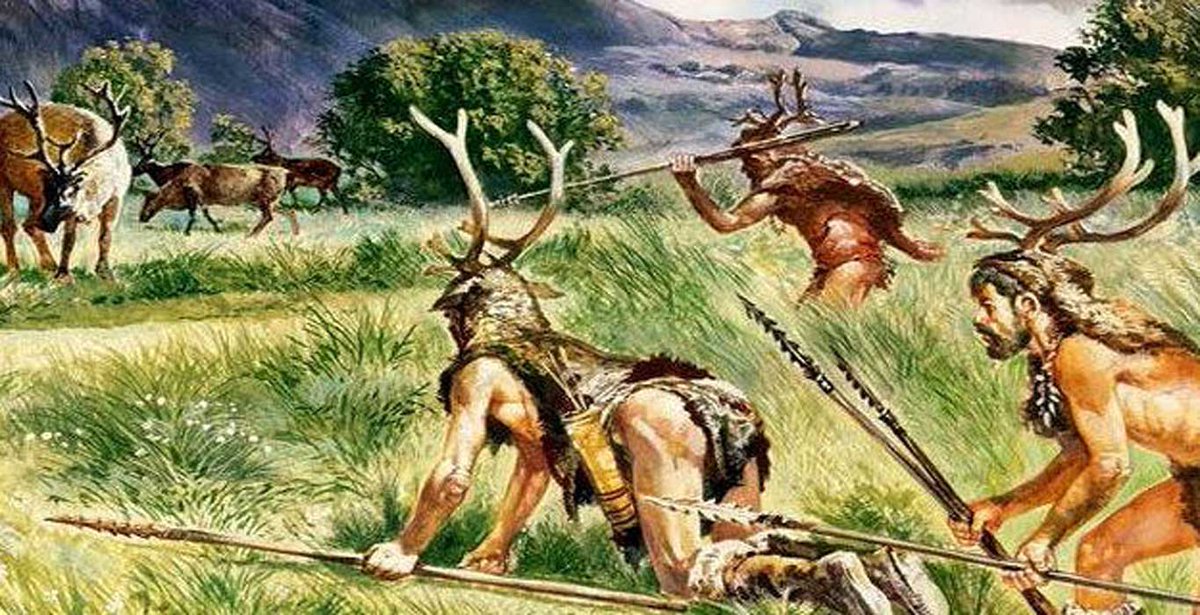
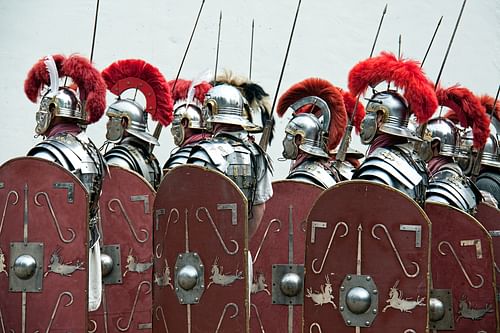
The entire aim of the game, should be a general simulation of world history, and defining a basic framework for all political ideologies represented in the 9 factions & colors.
These colors can then be applied to flags & objects to signify their "factional" allegiance.

These colors can then be applied to flags & objects to signify their "factional" allegiance.
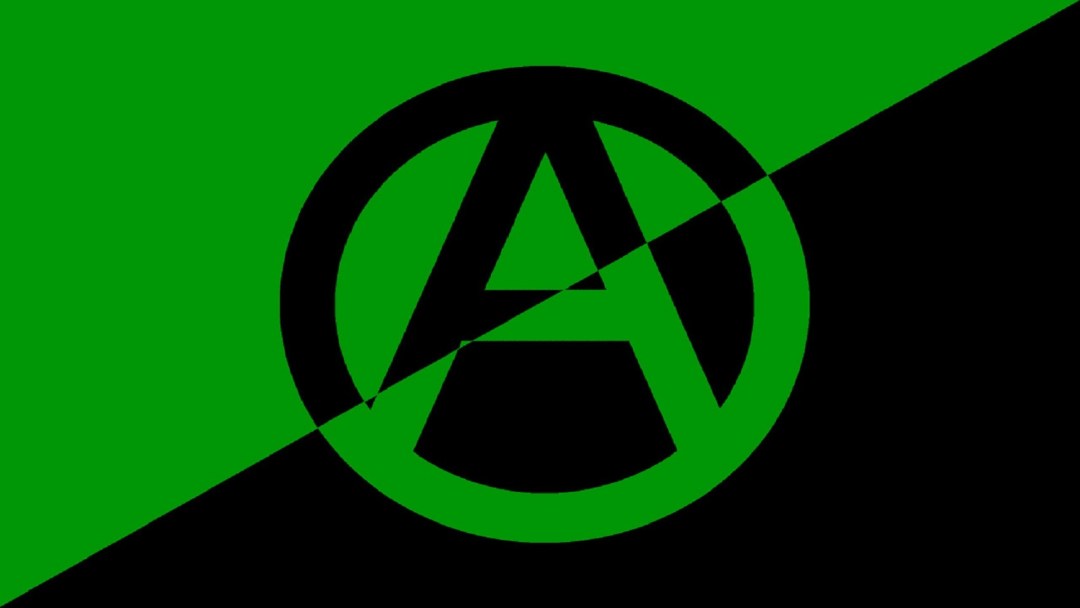
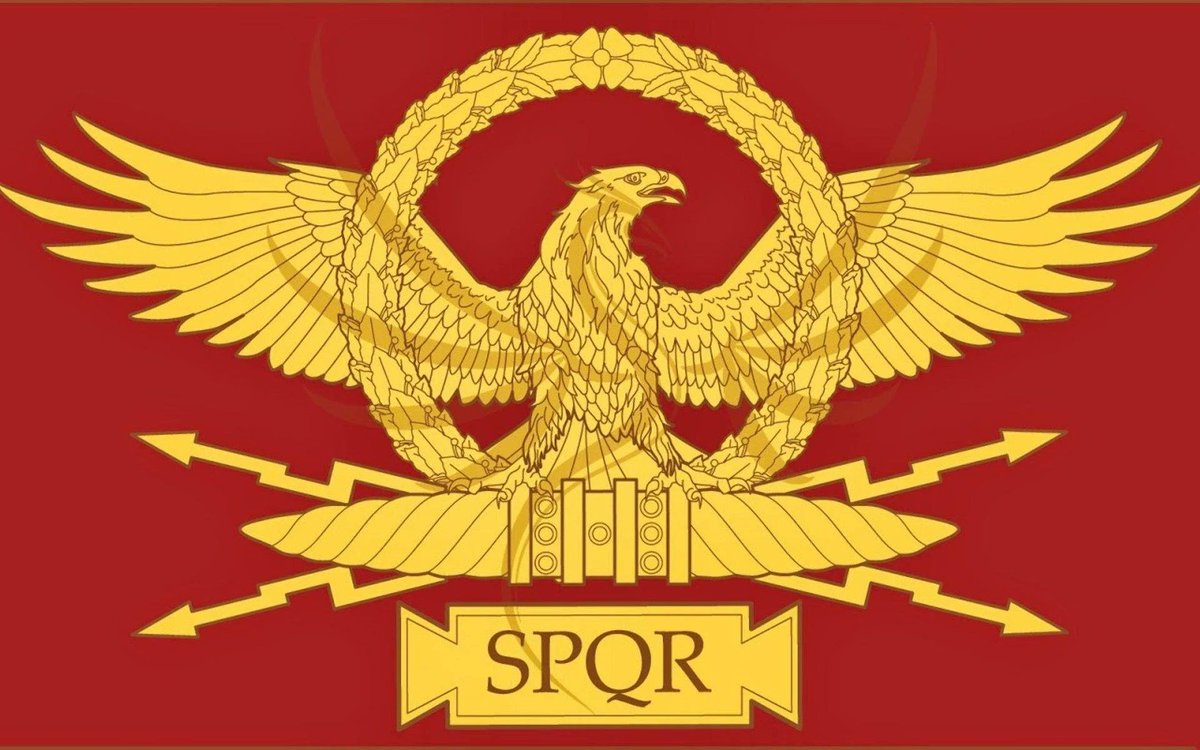
This game as I have constructed it largely mirrors the color coding system of caste systems in the Ancient world.
Green = Agriculturalists
Purple = Royalty
Grey = Industrial serf
Red = Militarist
Gold = Financialist
Blue = Informational
White = Priests
To name a few.
Green = Agriculturalists
Purple = Royalty
Grey = Industrial serf
Red = Militarist
Gold = Financialist
Blue = Informational
White = Priests
To name a few.
For the sake of putting this game theory into writing, I'll do a quick run down of each caste, starting with Primitivism thru pacifism, ending with Anarchism.
As we progress thru the chart, the factions become physically weaker, but more technically capable. This balances them.

As we progress thru the chart, the factions become physically weaker, but more technically capable. This balances them.
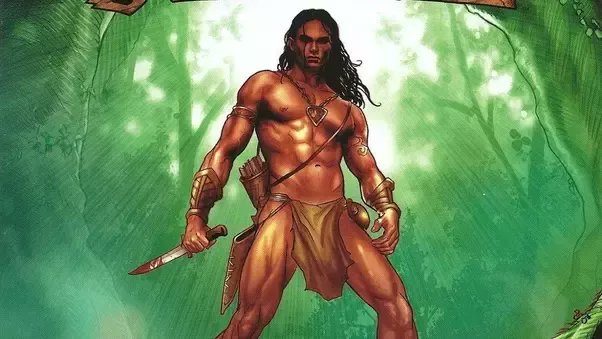

Primitivism is a very foundational form of human relation and survival. It is the ideology of the hunter gatherer and the agriculturalist. They rely on their relationship with nature in order to survive. They rely on seniority within the tribe to select leadership. 



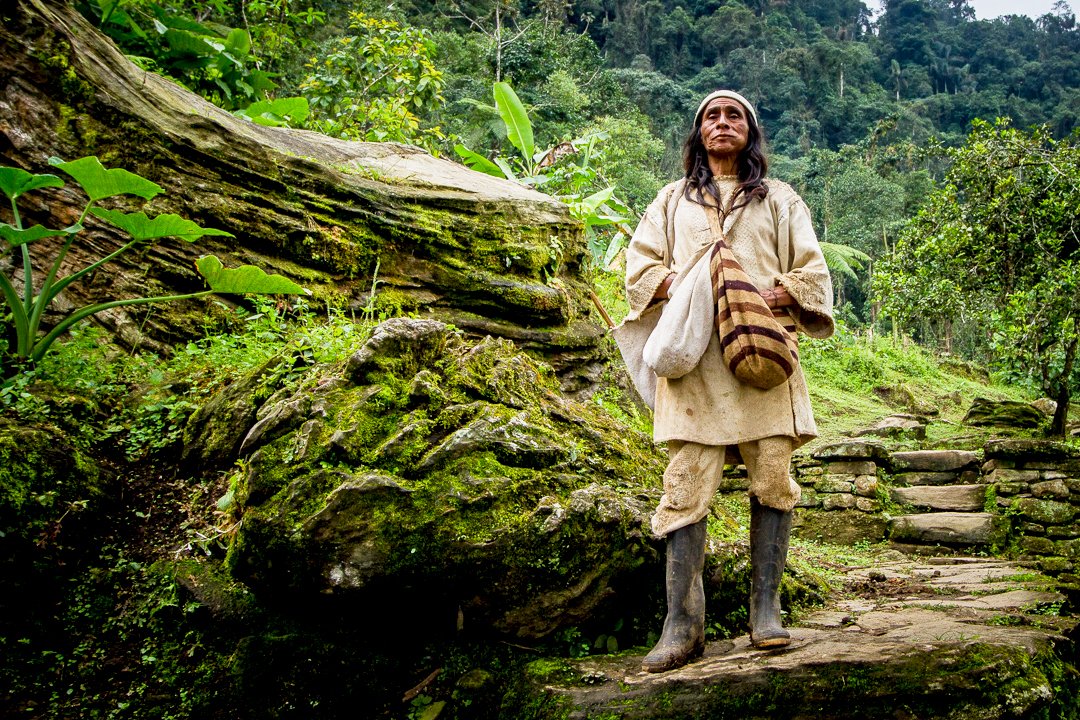


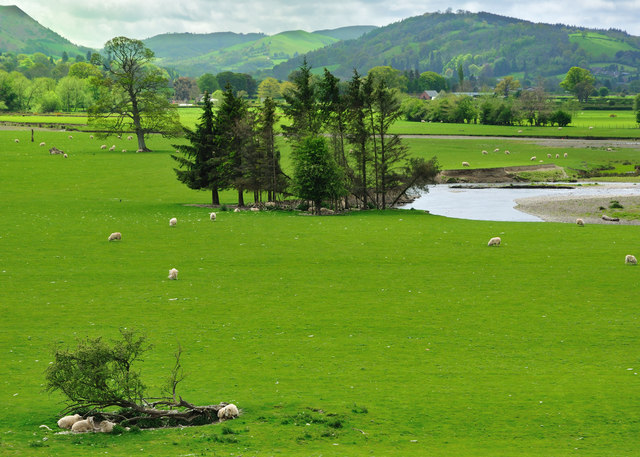
Monarchism is another archaic form of government, relying royal lineages to establish leadership, and using the trades & crafts to build castles and arms under a centralized authority. This faction relies on traditional craftsmanship to produce magical objects & buildings. 




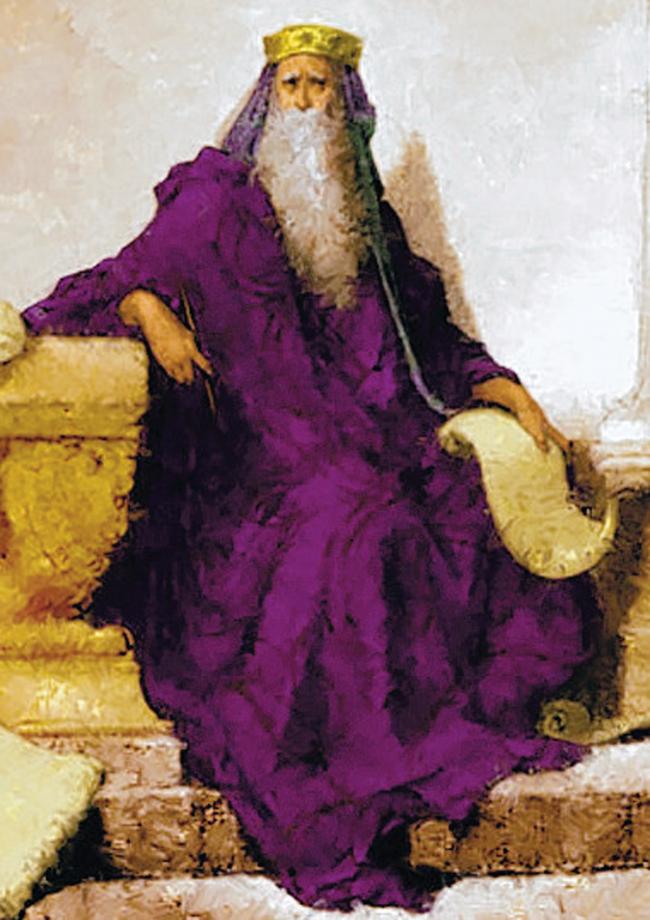
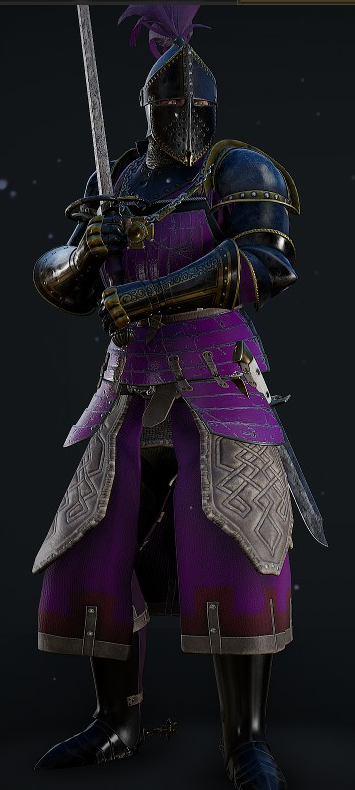

The Mutualist is a colonialist, seeking new territories outside of the reach of the monarchal authority. He relies on his industriousness, tenacity, and skills in navigation to trade his skills & services independently with different groups of people. 





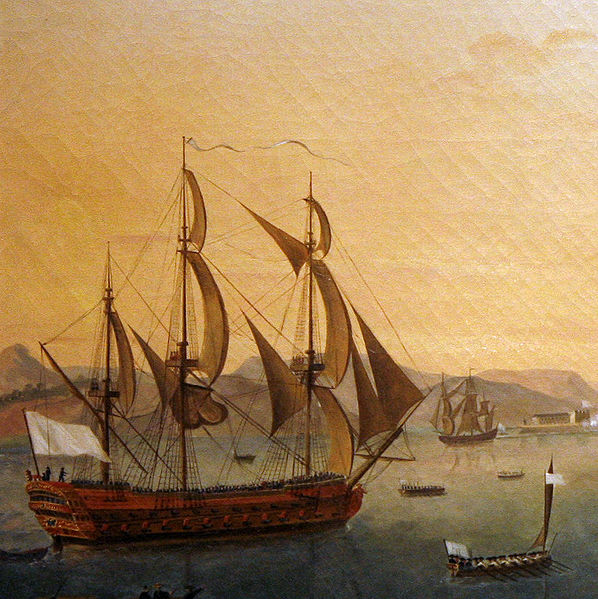
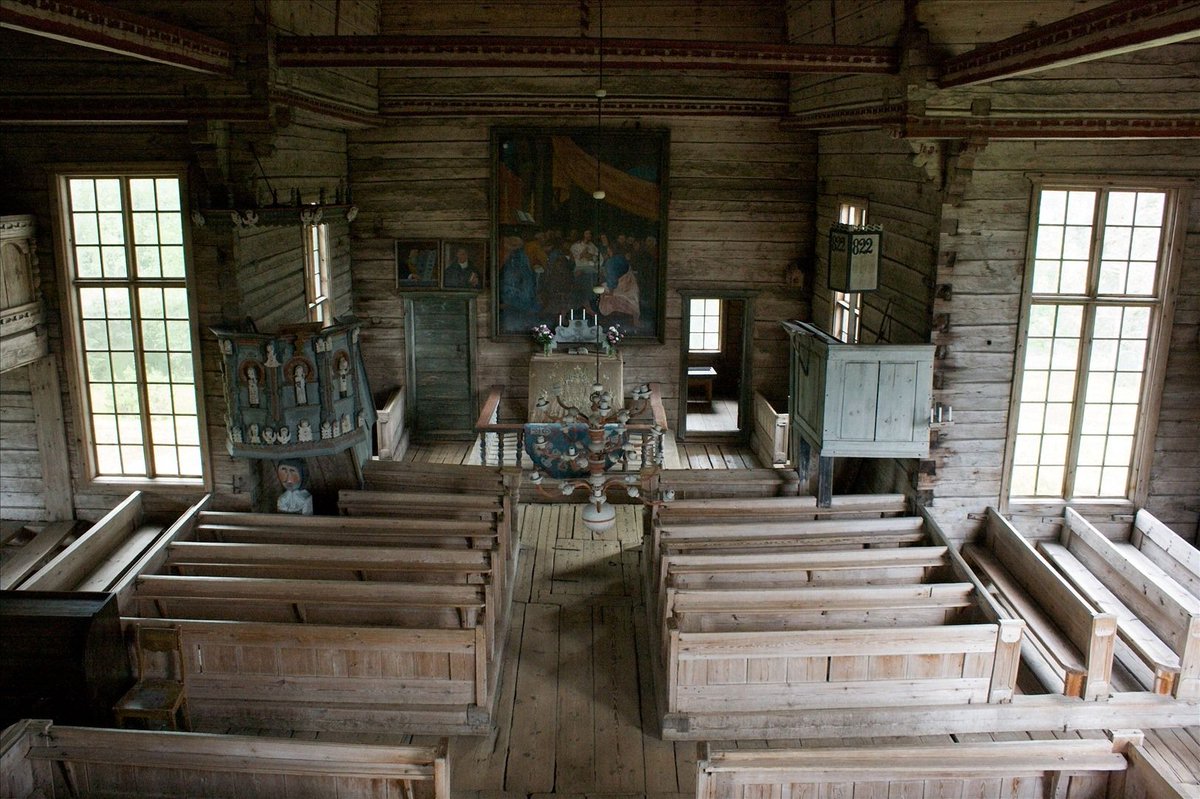
Agorism is the system of mutual consent found predominantly in labor unions of the 19th century. These large working groups typically under an employer unionize to negotiate for fair working conditions. They are democratic in nature and produce refined industrial products. 




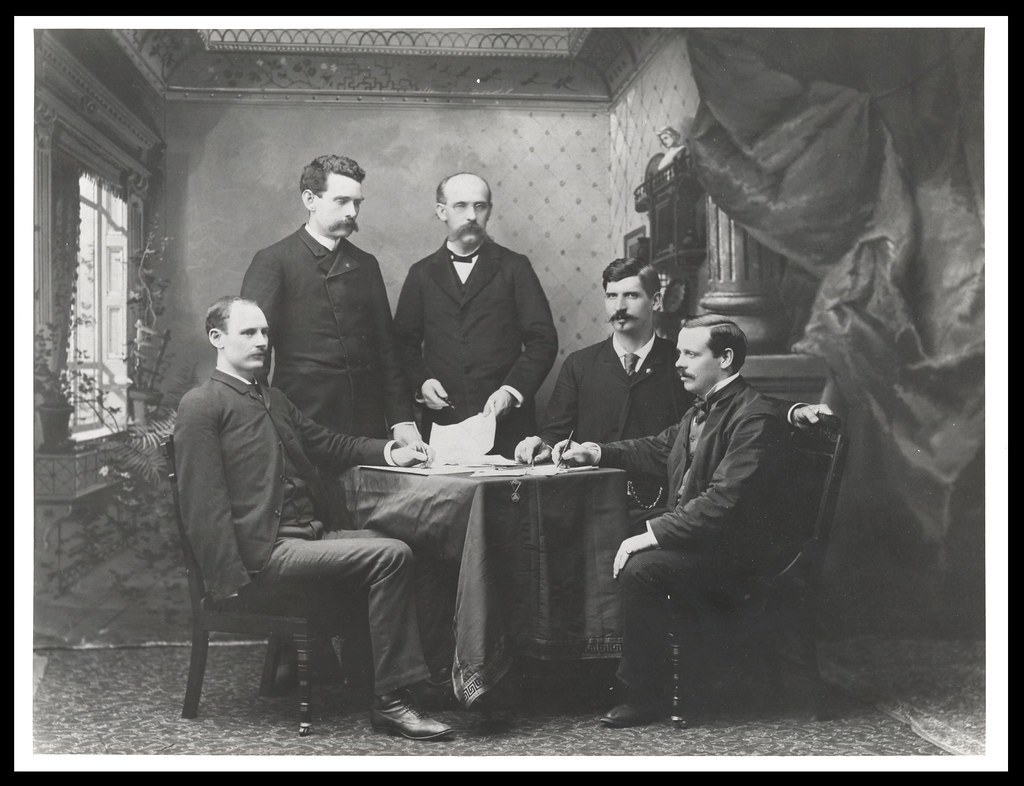


Nationalism is a militarized system of government, found most prominently during the mid 20th century. Arguments can be made that Rome also reached this phase during it's imperial expansion. Stalinism, Fascism, and American Nationalism all fit this system of government. 



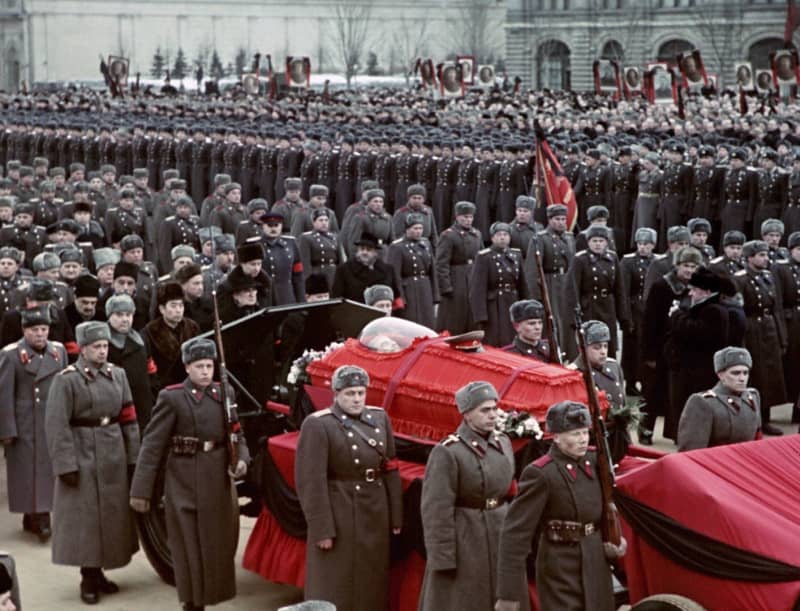
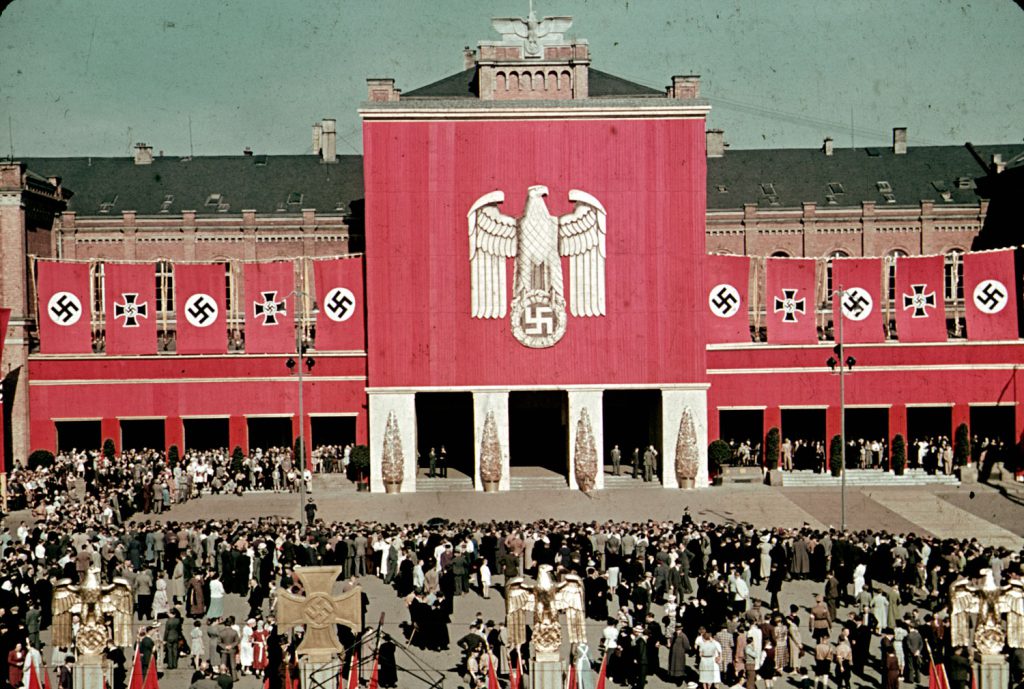


Capitalism is rule by commerce. Those with money direct the activities of their societies, but the market is always the final arbiter. In Capitalism, power is accumulated through commerce and sales. Police enforce the laws established by the wealthy. 







Transhumanist societies are technocratic in nature. They believe in the power of technology to improve the human condition and always innovate no matter the cost. Either with computers, interstellar travel, or genetic modifications. If it's new it's good. 







Pacifism is a non-violent principle of government. Pacifists solve problems by appealing to reason, academia, politics, science, & medicine. The ultimate virtue in pacifist society is to avoid harm and violence. Once a society achieves this state they are fully developed. 







Lastly is Anarchism, literally meaning a society "Without Rulers".
Anarchists are insistent on self governance at any cost, and typically appeal to paranormal or mystical phenomena to justify this right. They are the outcasts of society, but also it's agents for transformation.



Anarchists are insistent on self governance at any cost, and typically appeal to paranormal or mystical phenomena to justify this right. They are the outcasts of society, but also it's agents for transformation.

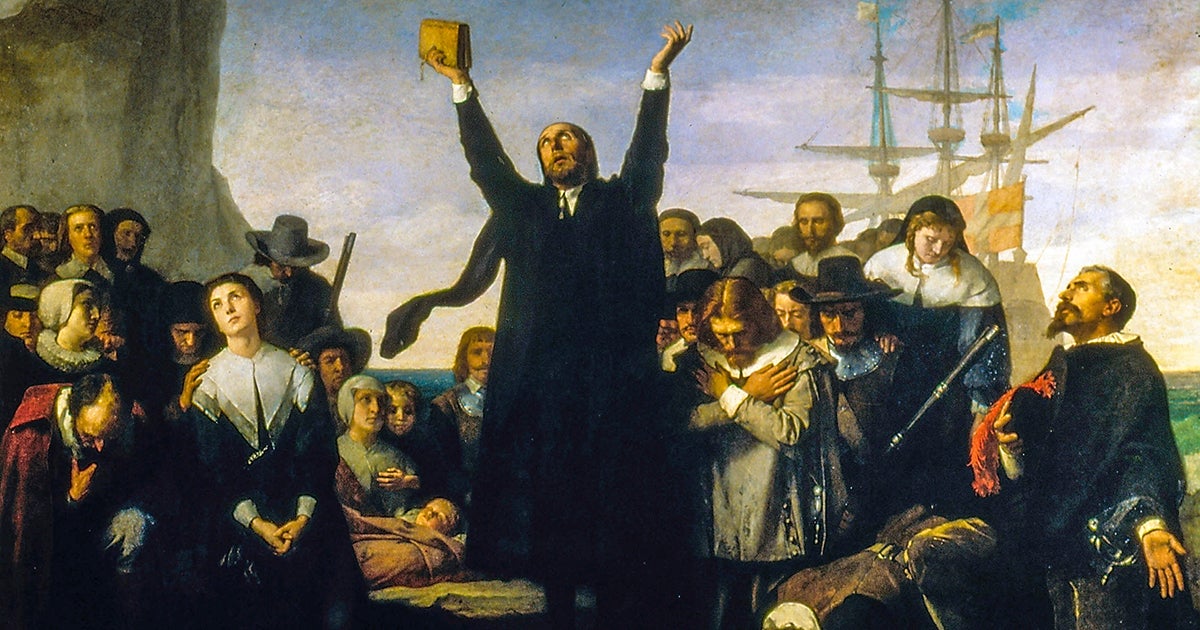


It should be noted that this is not a rigid framework. That color associations and their meanings can change over time as they have done throughout history.
This model is only meant to provide a basic framework for identifying basic philosophical modalities of existence.
This model is only meant to provide a basic framework for identifying basic philosophical modalities of existence.

By combining and mixing various degrees of these modalities, new forms can be constructed. A Primitivist-Transhumanist polity could emerge that mixes hunter-gatherer agrarianism with technocratic elitism.
Merging these factions in varying degrees provides endless possibilities.
Merging these factions in varying degrees provides endless possibilities.

This model does not map reality perfectly, nor does it claim to. However, it provides a simple framework for understanding the generation of historical philosophies.
By assigning a color code to these ideals, we make them more explicit & expressible in our new game reality.
END
By assigning a color code to these ideals, we make them more explicit & expressible in our new game reality.
END
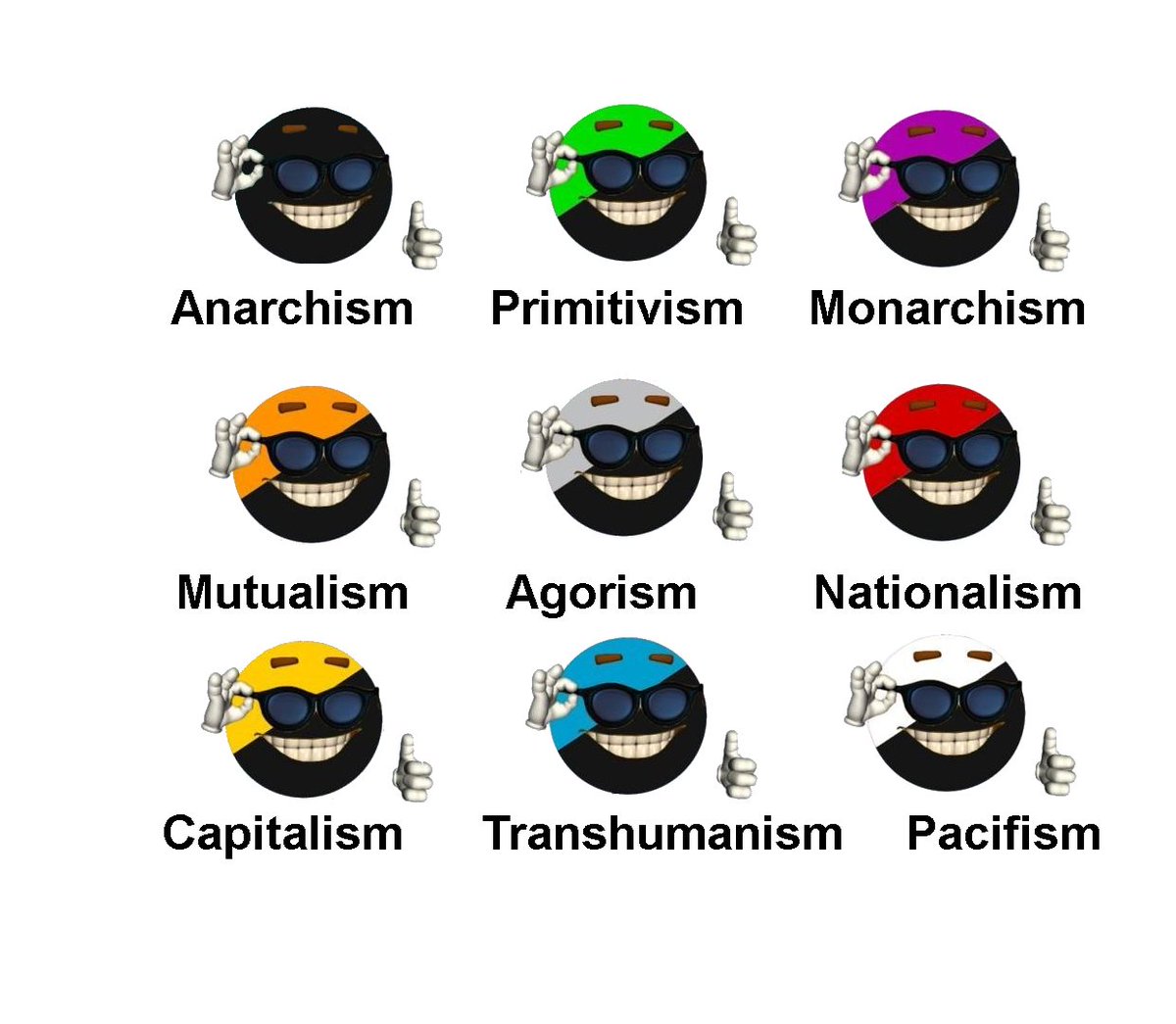
Apologies for the scattered typos, hopefully this thread explains my general theory of an in game educational metaverse that translates over into modern hyper-reality.
Thanks for taking the time to read this, remember to like, RT, but most importantly:
Thanks for taking the time to read this, remember to like, RT, but most importantly:

• • •
Missing some Tweet in this thread? You can try to
force a refresh



























